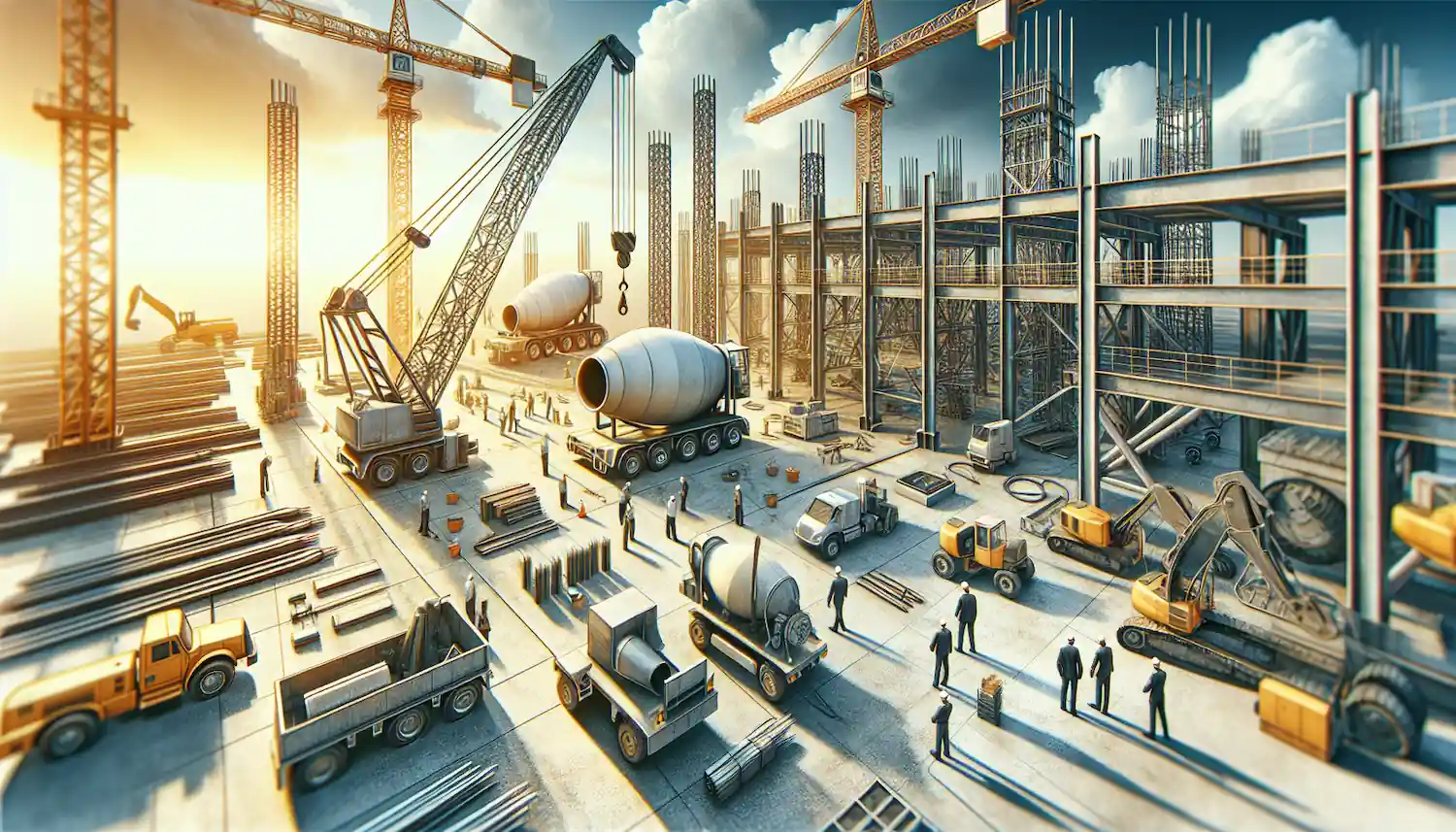Maximizing Safety: Risk Management for Construction Projects
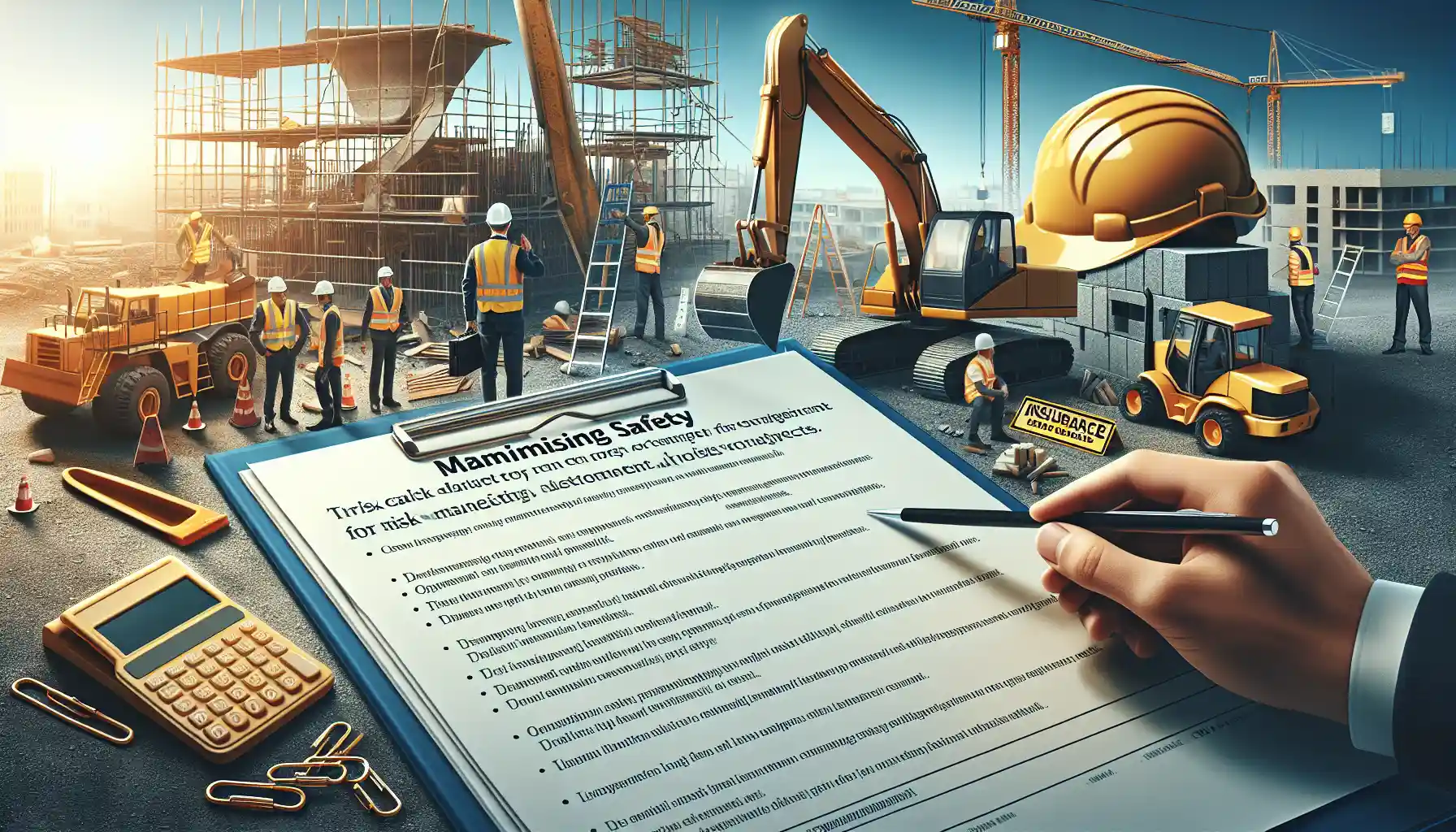
This article will guide you through understanding construction machinery insurance. Implementing risk management strategies, navigating insurance claims effectively, and tailoring risk management strategies specifically for construction machinery are crucial. Additionally, we'll explore heavy machinery insurance and insurance for heavy equipment as integral components of contractors' risk management.
Understanding Construction Machinery Insurance
Types of Insurance Coverage
Inland marine insurance plays a crucial role by covering materials, tools, and equipment while in transit over land to and from a jobsite. This type of insurance is essential for construction projects as it extends coverage beyond the jobsite, safeguarding business property on the road. Additionally, builder's risk insurance, or course of construction insurance, is fundamental as it protects buildings under construction, covering all parties involved in the project.

Importance of Builder’s Risk Insurance
Builder’s risk insurance is vital for mitigating risks such as fire, theft, and natural disasters during construction. This coverage supports the restoration of damaged property and covers additional costs resulting from delays, ensuring the project stays on track financially. It is crucial for anyone with a financial interest in the construction project, including owners and contractors, to secure this insurance.
Role of Inland Marine Insurance
Inland marine insurance is not just for transport companies; it is also essential for businesses that frequently ship high-value products or equipment. This insurance covers a wide range of items from computers and medical equipment to construction and contracting equipment, providing peace of mind against losses like theft or damage during transit. Special inland marine coverages can include Bailee's Customer Coverage and Builder’s Risk, which offer additional protections tailored to specific business needs.
For further guidance on selecting the right insurance for your construction projects or to get a free quote, consider contacting MCH parts for a free sourcing machinery or parts consultation.
Risk Management Strategies
Identifying Potential Risks
Start by conducting a thorough risk assessment during the initial phases of your project location. Gather your team to brainstorm all possible risks, from weather conditions to supply chain issues, and document these in a risk register. This register should be continuously updated as new risks emerge throughout the project.
Assessing the Severity of Risks
Once risks are identified, assess each one based on the likelihood of occurrence and potential impact. Historical data, Industry standards, contract terms, and expert judgment are crucial in this evaluation. Prioritize risks to focus resources on the most significant threats, ensuring material quality and construction quality are maintained.

Implementing Risk Mitigation Measures
Develop actionable plans to either reduce the probability of a risk occurring or lessen its impact should it materialize. For example, securing an alternative supplier for critical materials with long lead times can be an effective mitigation strategy. Proactive planning often involves contingency budgets and schedules.
Monitoring and Reviewing Risks
Regular monitoring and reviewing of risks are essential. Track the status of each risk in the risk register, noting any changes in their probability or impact. Hold regular team meetings dedicated to risk review to ensure all members are aware of and can respond to evolving risks.
For further guidance on risk management strategies for your construction projects, or to get a free quote, consider contacting MCH parts for a free sourcing machinery or parts consultation.
Navigating Insurance Claims
Incident Reporting
Immediately after an incident it's crucial to document all relevant details. Start by completing an incident report that captures the date, time, location, and specifics of the incident, including involved parties. This report should also analyze the causes of the incident and recommend preventive measures. Ensure you notify your insurance broker or claim department as soon as possible to maintain your coverage.
Collecting and Submitting Documentation
Gather all necessary documentation such as photos, estimates, and a detailed scope of work. An insurance adjuster will require a proof of loss form submit a detailed report which itemizes the property damage and suspected causes. Submitting accurate and comprehensive documentation expedites the claims process and helps in securing a fair settlement.
Working with Insurance Agencies
Engage with your insurance agency promptly provide all required notifications to keep your claim valid. If faced with a denial, it's advisable to consult legal counsel to argue your case effectively. Working with a contractor who specializes in insurance claims consulting a professional can be beneficial; they can negotiate with adjusters and help ensure that you receive proper compensation.
For further guidance on navigating insurance claims or to get a free quote, consider contacting MCH parts for a free sourcing machinery or parts consultation.
Risk Management Strategies for Construction Machinery
Identifying Potential Risks
Start by conducting a comprehensive analysis of the construction site, focusing on the physical layout, the nature of the work, and the machinery and materials in use. Different construction projects have unique risks; for example, high-rise buildings may face risks related to working at heights, while road construction might deal with vehicular safety issues. Engage your team and other stakeholders to provide insights into potential risks that may not be immediately apparent, ensuring a thorough risk identification process.

Mitigating Identified Risks
After identifying potential risks, implement control measures to mitigate them. This includes ensuring the availability and proper use of safety equipment such as helmets, gloves, safety glasses, and specialized gear like respiratory protection. Regular maintenance and inspection of this equipment are crucial. Additionally, consider the human element by assessing the skill levels and experience of your workforce, and adjust risk controls accordingly.
Monitoring and Reviewing Risk Management Practices
Regular monitoring and reviewing of risk management strategies are essential to ensure they remain effective throughout the construction project. This involves observing and recording the implementation of risk management strategies and conducting periodic reviews to assess their effectiveness. Adjustments should be made based on feedback and the identification of new or evolving risks.
For further guidance on managing risks associated with construction machinery, or to get a free quote, consider contacting MCH parts for a free sourcing machinery or parts consultation.
Conclusion
Throughout this exploration of risk management in construction, we've delved into the complexities and nuances that define the sector’s approach to minimizing threats and maximizing efficacy. From understanding various insurance options like inland marine insurance, construction machinery insurance and builder’s risk insurance to implementing strategic risk management and navigating the intricacies of insurance claims, the significance of comprehensive coverage and proactive planning cannot be overstated.
The thorough analysis highlighted not only the requisite tools and strategies for operational success but also underscored the importance of tailored solutions in mitigating the unique risks posed to construction machinery and projects at large.
In light of the discussed themes, the role of specialized consultancy and the value of expert guidance in sourcing and managing construction machinery and parts emerge as pivotal. Considering the detailed insights and practical strategies covered, engaging with experienced partners like MCH PARTS becomes a notable next step. Consider reaching out to MCH PARTS for a free sourcing machinery or parts consultation ensuring your project benefits from top-tier equipment and service.
This commitment to leveraging specialized expertise not only enhances project outcomes but also ensures that every facet of risk management is addressed with precision, promoting project resilience and success.
FAQs
1. What are the fundamental principles of risk management in construction?
The construction risk management process is fundamentally a five-step method that involves: identifying the risks associated with a project, assessing the impact of each risk, implementing controls to manage these risks, financing the costs that may arise from these risks, and seeking recovery for damages in cases where losses occur.
2. How is risk management typically conducted in construction projects?
In construction projects, risk management begins by identifying all potential risks. Each identified risk is then assessed based on its likelihood of occurrence and the potential impact on the project. Risks are categorized as high, medium, or low based on their impact and probability, allowing for prioritized management and control.
3. What are the key steps in an effective risk management process?
An effective risk management process includes five critical steps:
- Step 1: Identifying Risks - Recognizing potential risks that could impact the project.
- Step 2: Risk Assessment - Evaluating the identified risks to understand their potential impact.
- Step 3: Prioritizing the Risks - Ranking risks based on their severity and likelihood to prioritize management efforts.
- Step 4: Risk Mitigation - Implementing strategies to minimize the impact of risks.
- Step 5: Monitoring the Results - Continuously monitoring the effectiveness of the risk management strategies and making necessary adjustments.
4. What strategies are available for managing risks in projects?
There are several strategies that can be employed to manage risks in projects, including:
- Risk Acceptance: Deciding to accept the risk without taking specific actions to mitigate it.
- Risk Transference:Transferring the responsibility of managing the risk to another party, often through outsourcing or insurance.
- Risk Avoidance: Taking actions to avoid the risk altogether.
Risk Reduction: Implementing measures that reduce the likelihood or impact of the risk.
Read More
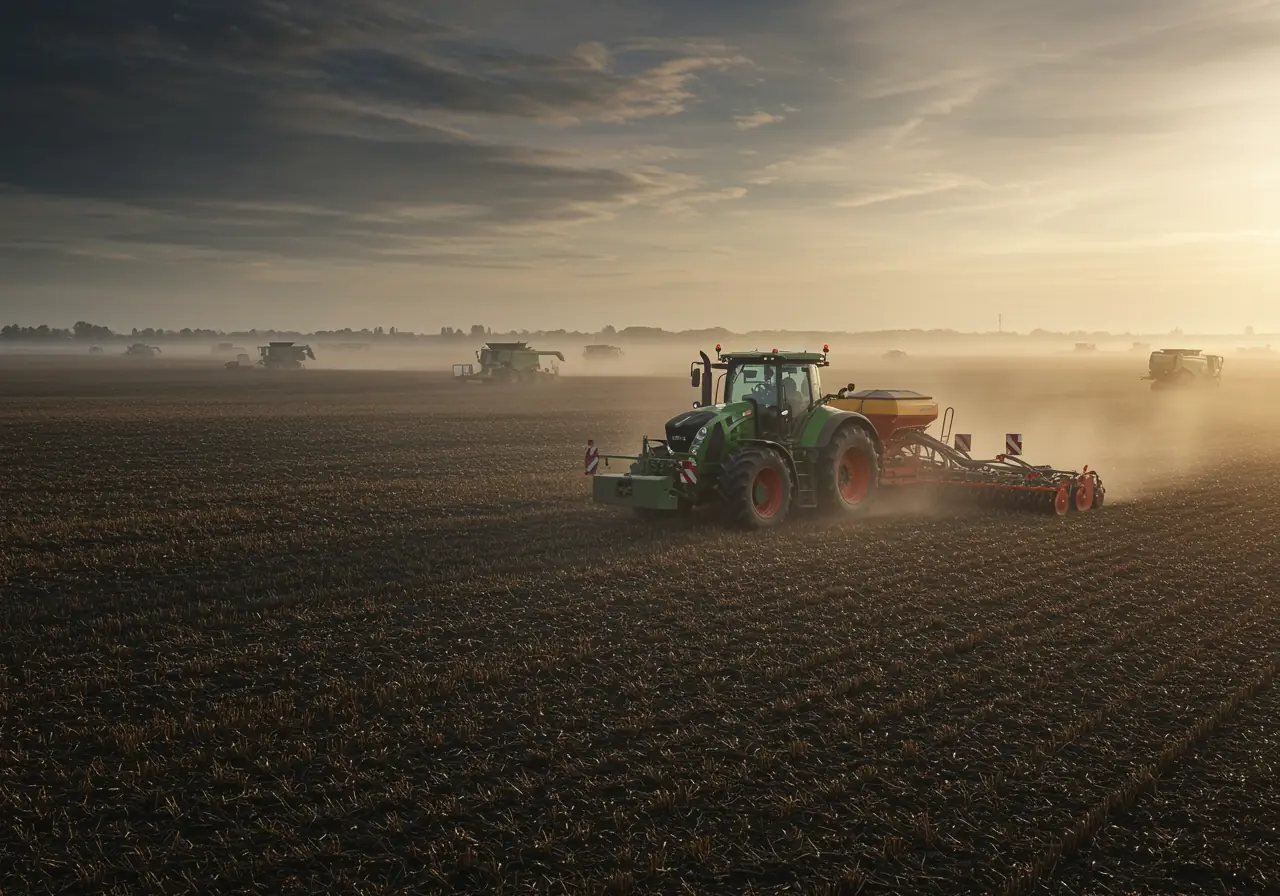
Master Global Agricultural Parts Delivery | Mid-Season MRO Guide

Fixing Haul Truck Downtime Issues: Remote Parts Strategy Guide 2025
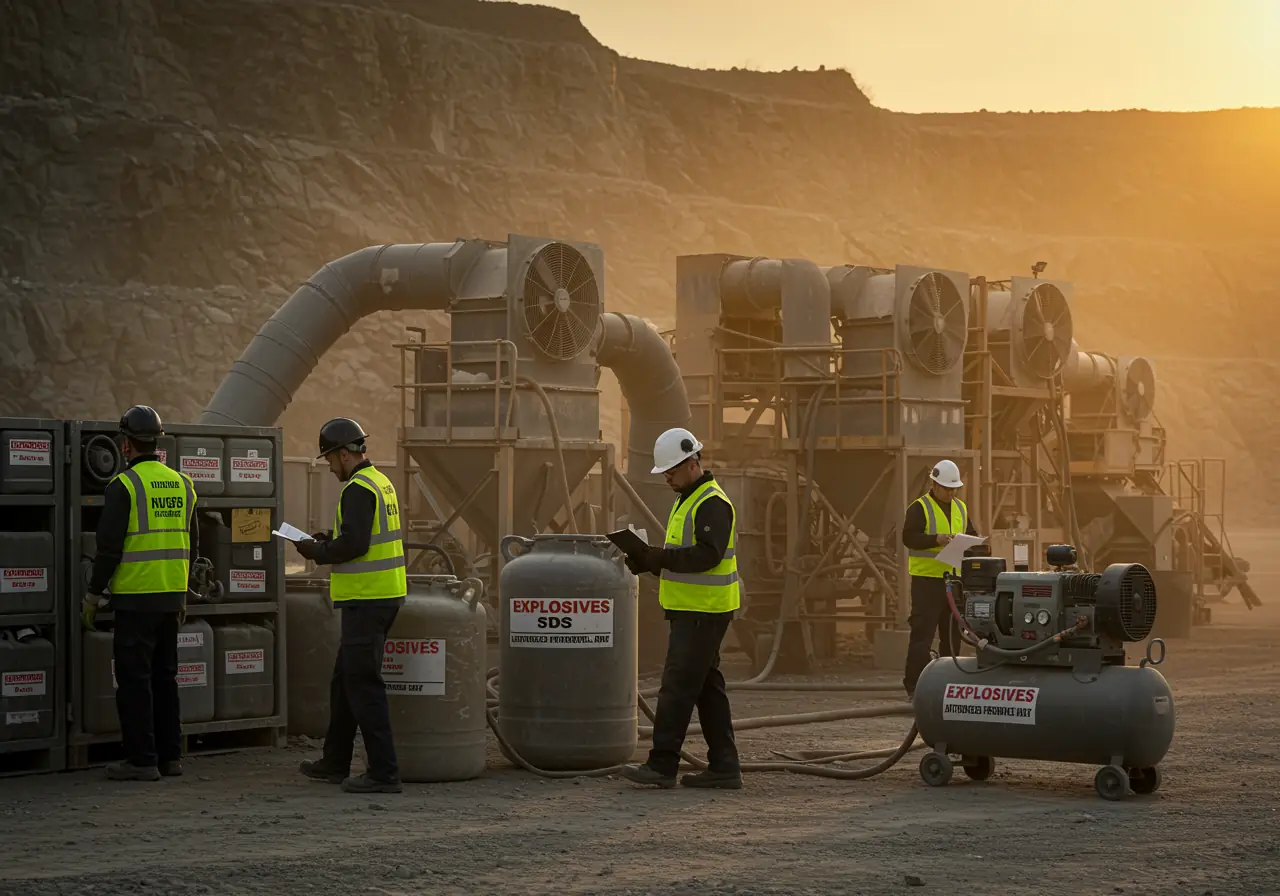
Blasting Equipment Safety Compliance: Must-Know Audit Requirements for 2025
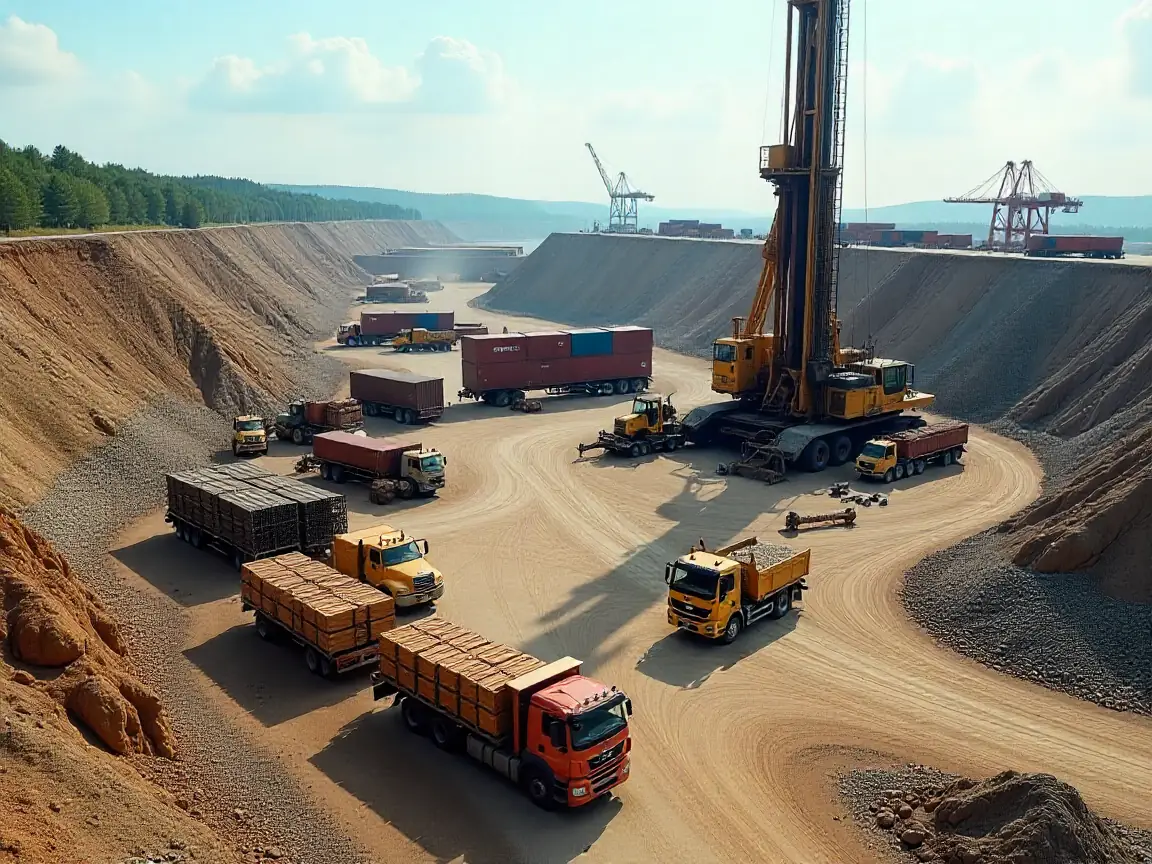
The Step-by-Step Guide to Global Drill Rig Consumables Sourcing
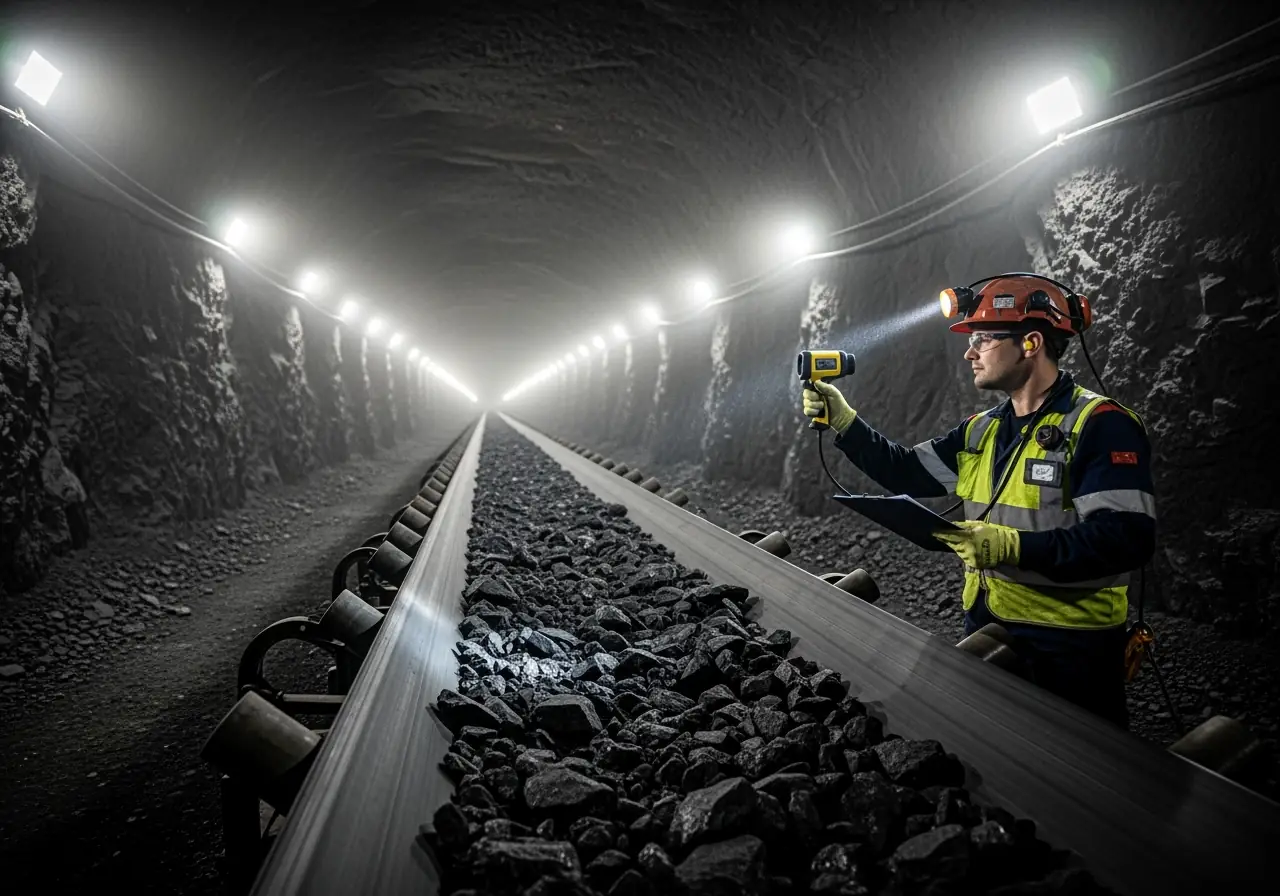
Mining Conveyor Maintenance Guide: Detecting Hidden Risks in Underground Systems
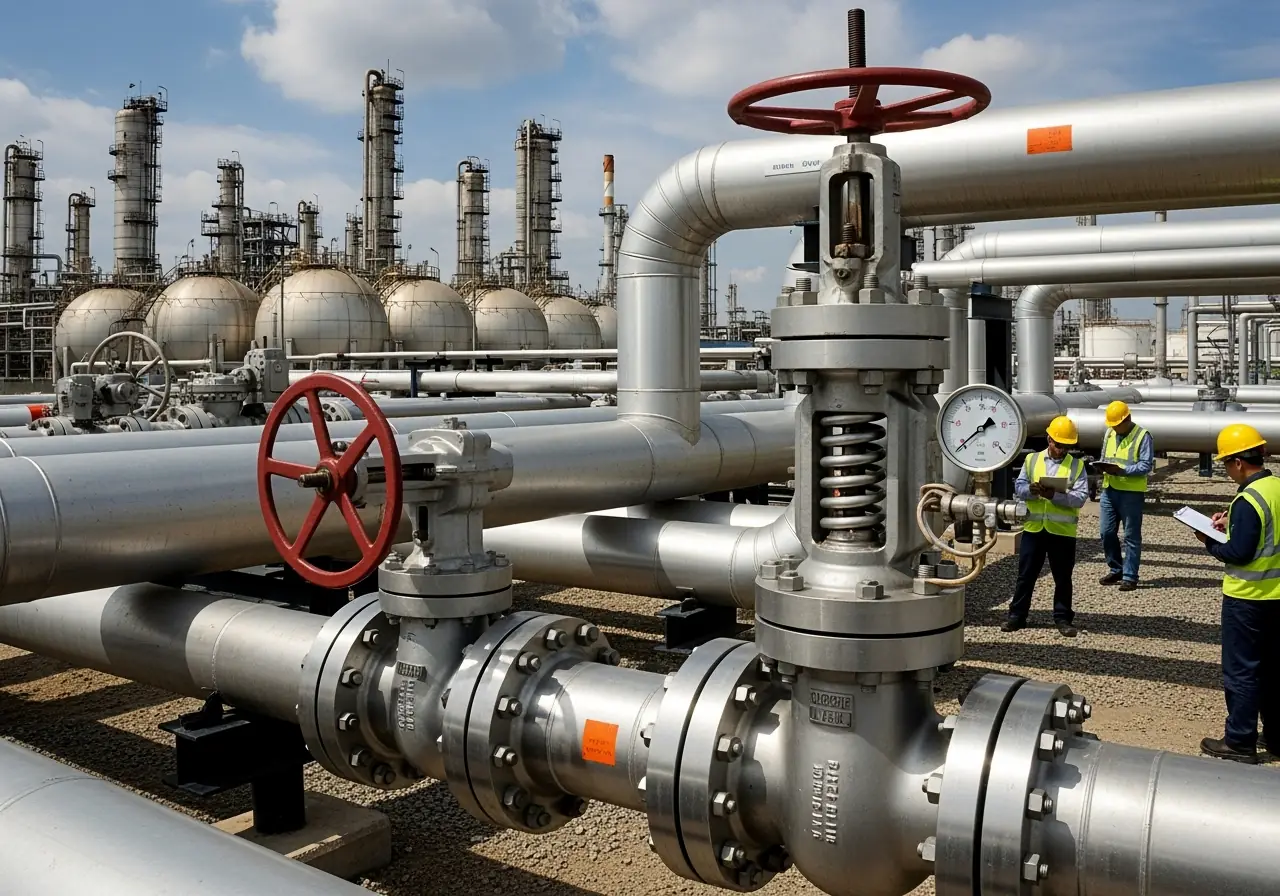
Best Practices for Certified Pipeline Valve Selection: From Specs to Installation
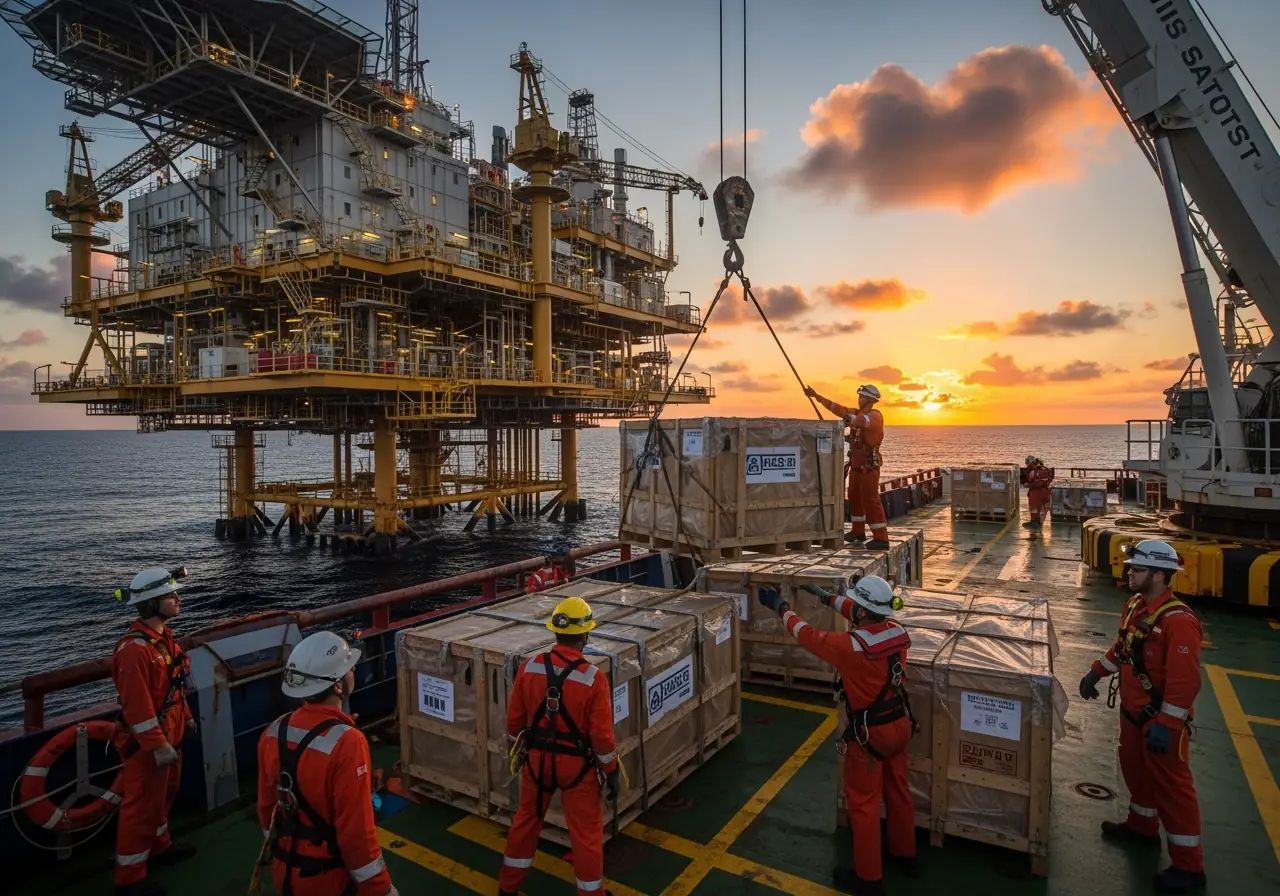
Optimizing Oil Rig PPE Delivery: Proven Strategies That Saved $2M Annually
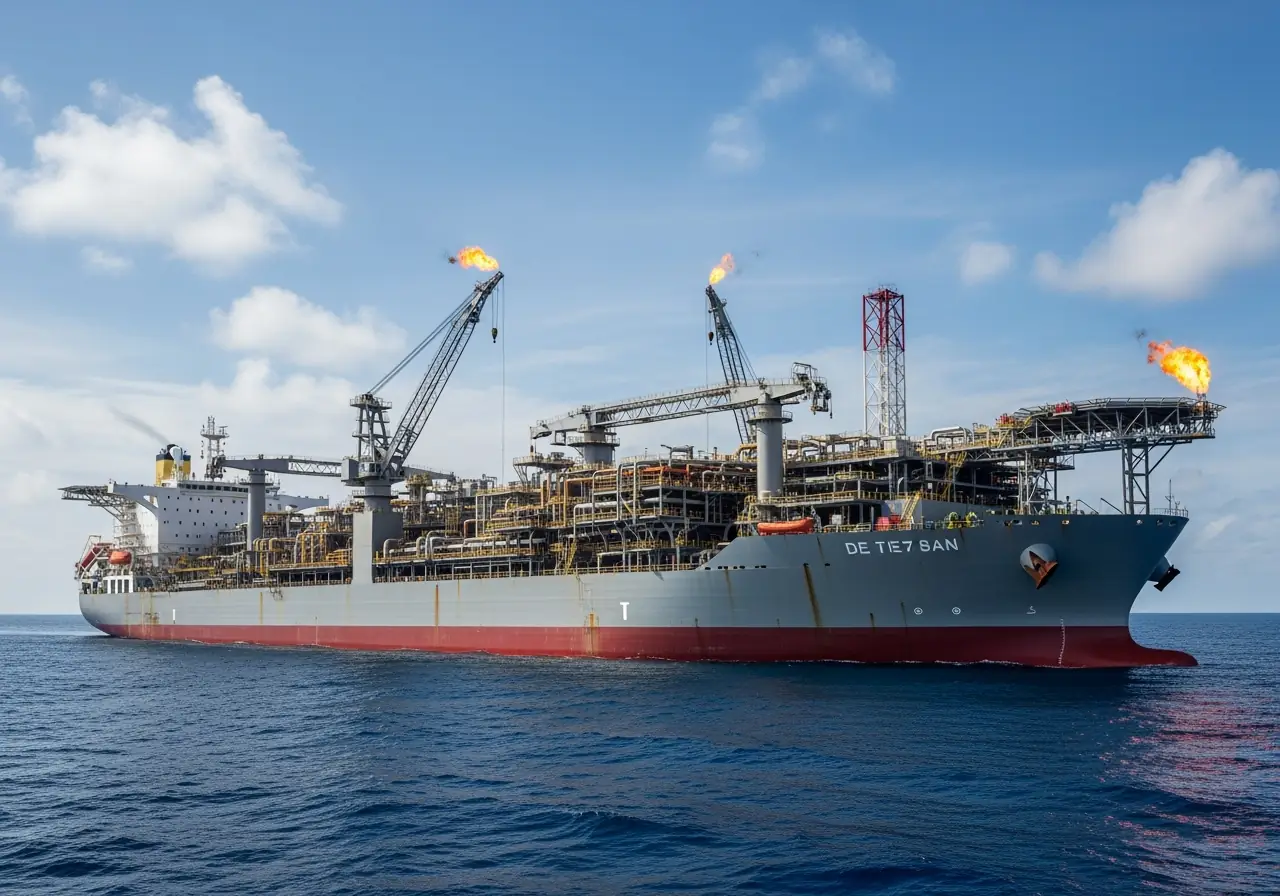
FPSO Smart Parts Planning: Proven Methods to Cut Downtime
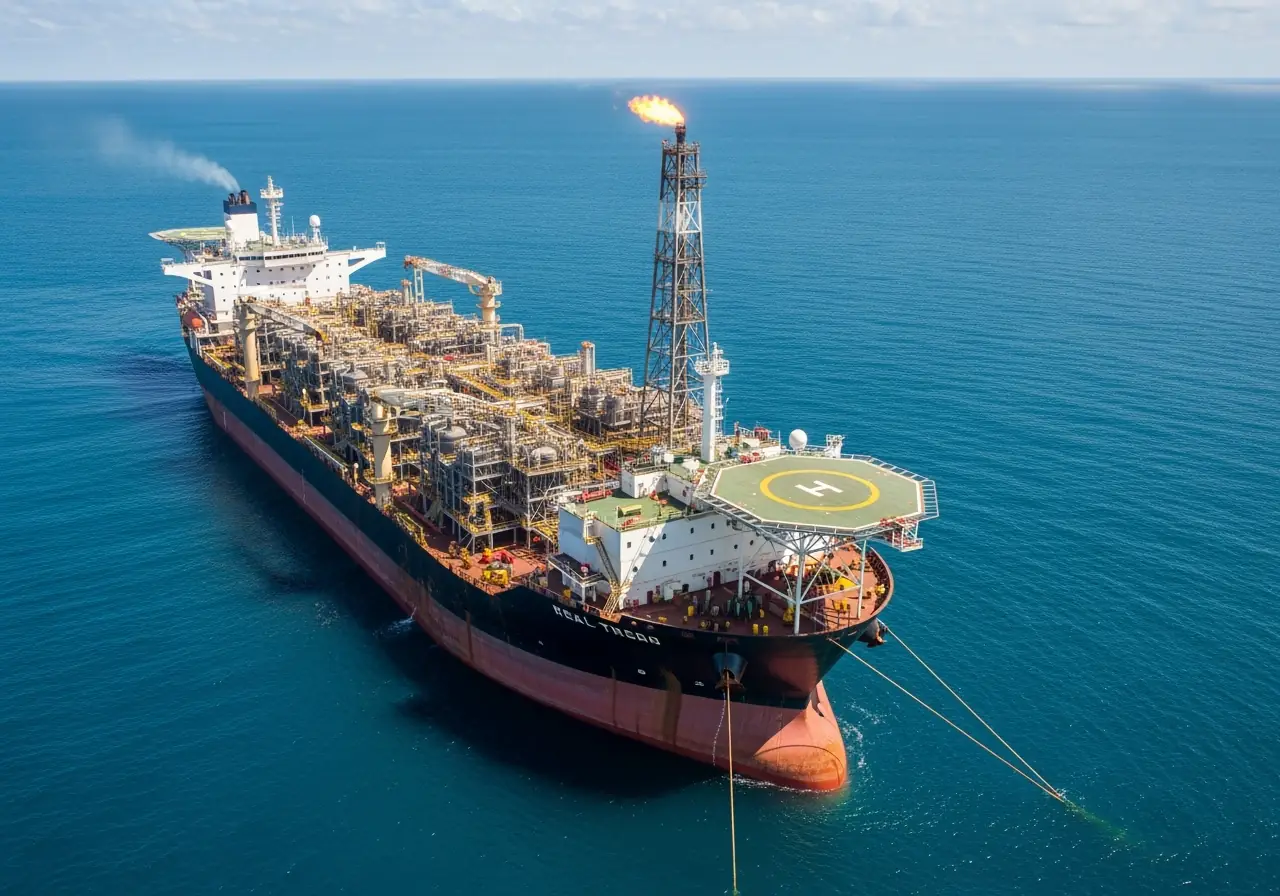
How FPSO Inspection Prevents Million-Dollar Shutdown Losses
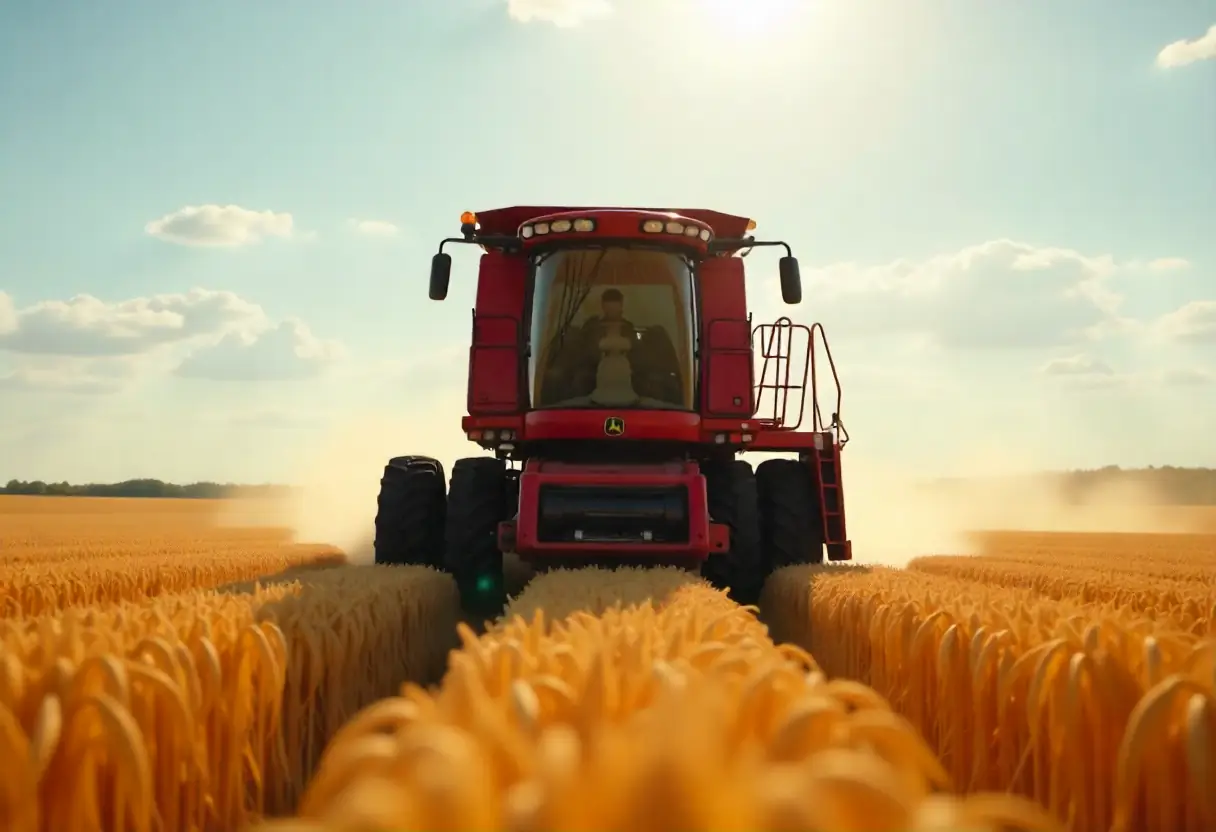
Fix It Before It Breaks: A Farmer's Guide to Combine and Harvester Maintenance

Why Fast Tractor Parts Delivery is Changing Modern Farming [2025 Guide]

The Critical Farm Equipment Replacement Parts You Need Before Harvest 2025
.webp)
How to Double Your Farm Efficiency: Expert Guide to Smart Scaling

Cut Costs by 30%: Pre-Season Spare Parts Audit Checklist

Proven Success Factors for Agricultural Equipment Manufacturers in 2025
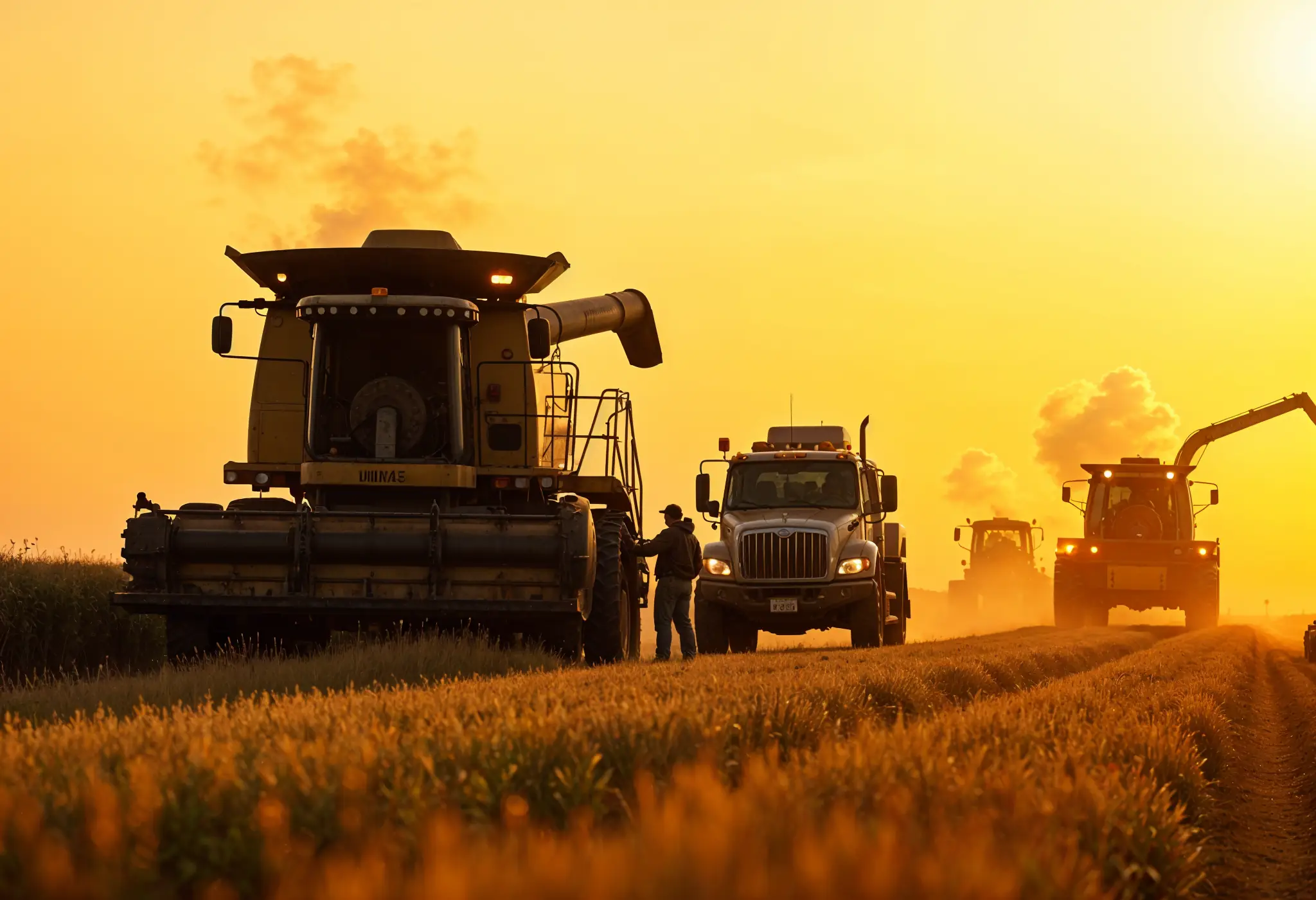
13 Overlooked Farm Spare Parts That Halt Operations — Pt. 2
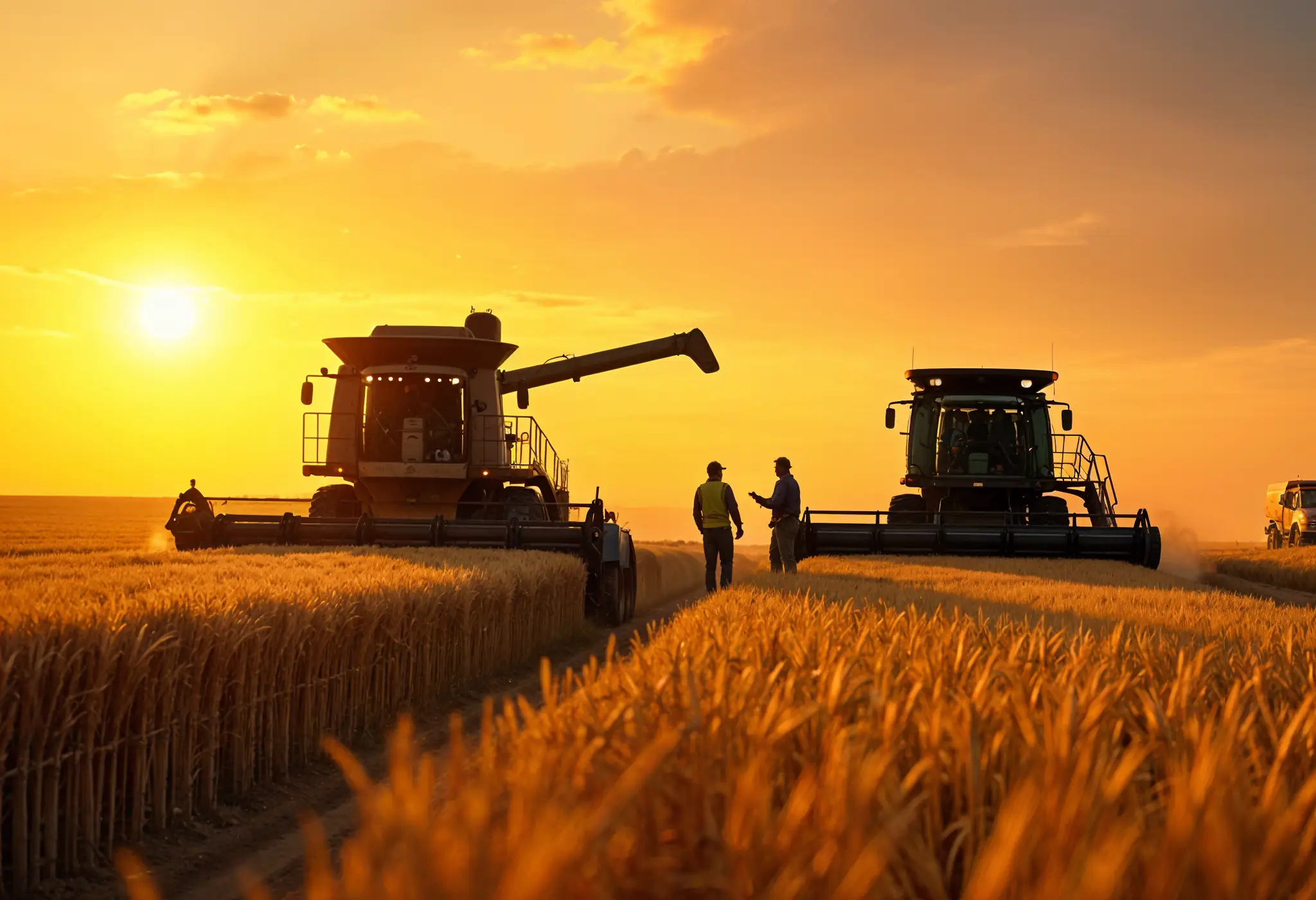
13 Overlooked Farm Spare Parts That Halt Operations — Pt. 1

Top Hydraulic Components for Agricultural Equipment in 2025: Complete Guide
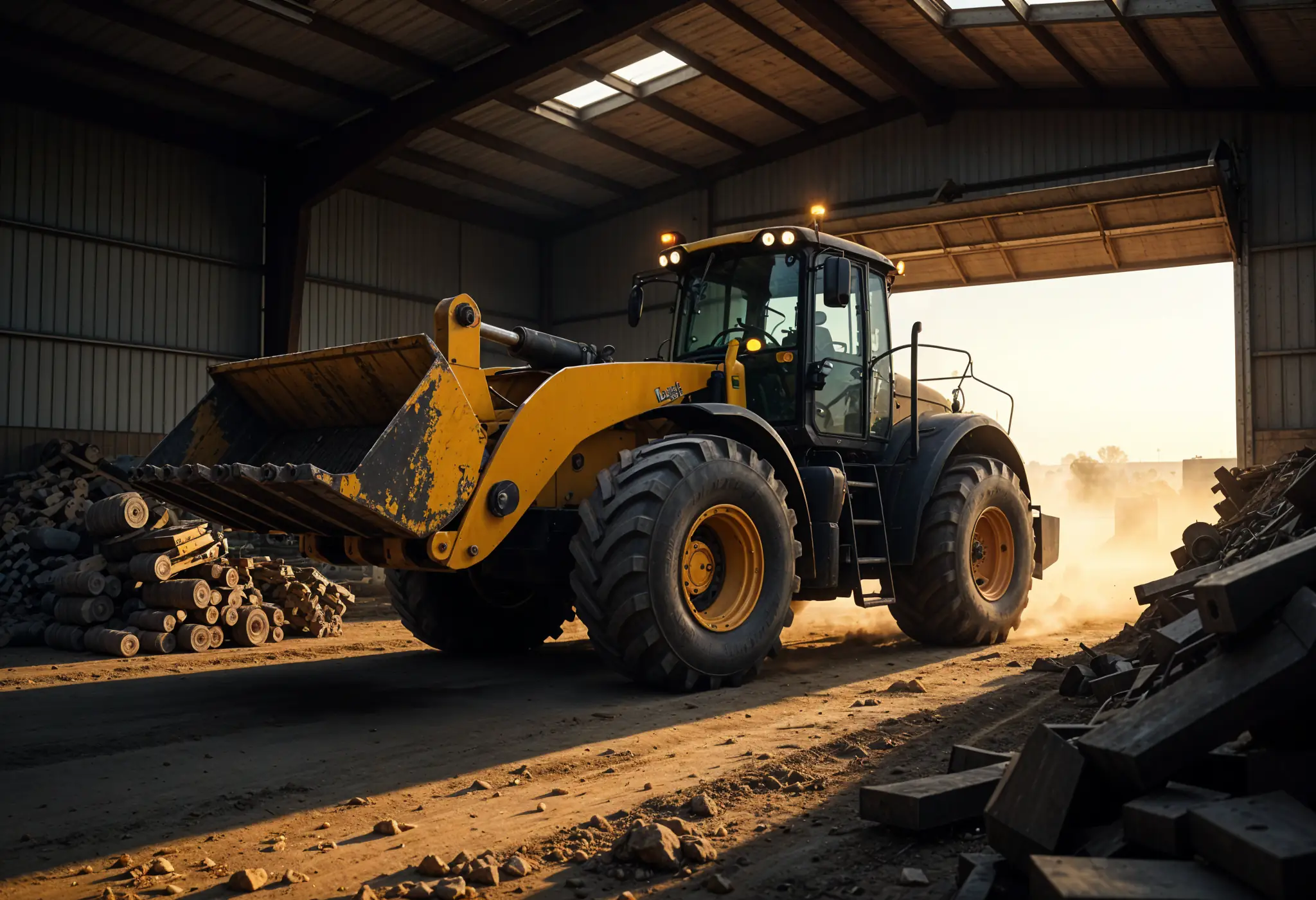
The Essential Farm Equipment Parts You Can't Afford to Run Out Of
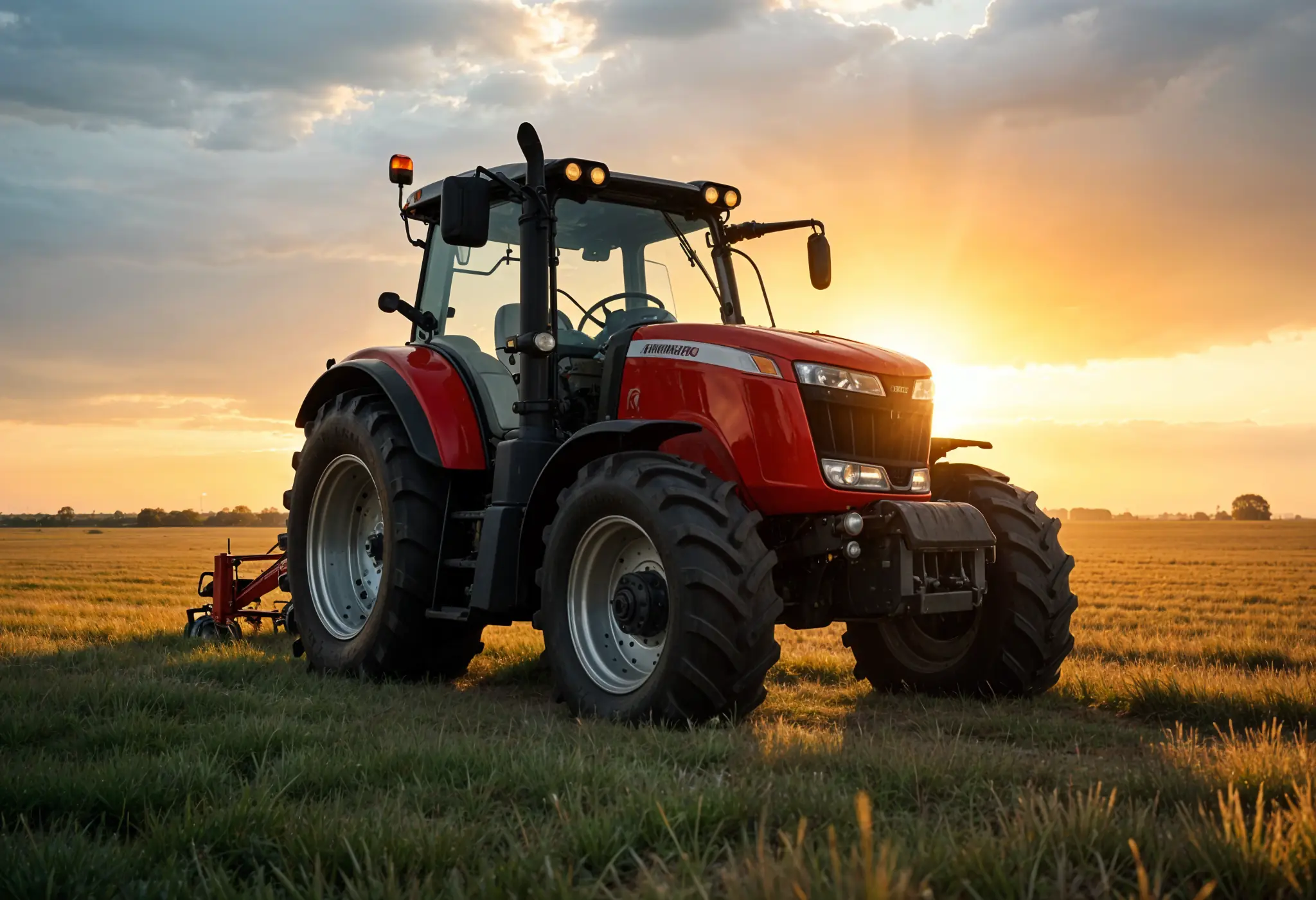
How to Service Farm Equipment: A Farmer's Guide to Zero Harvest Downtime
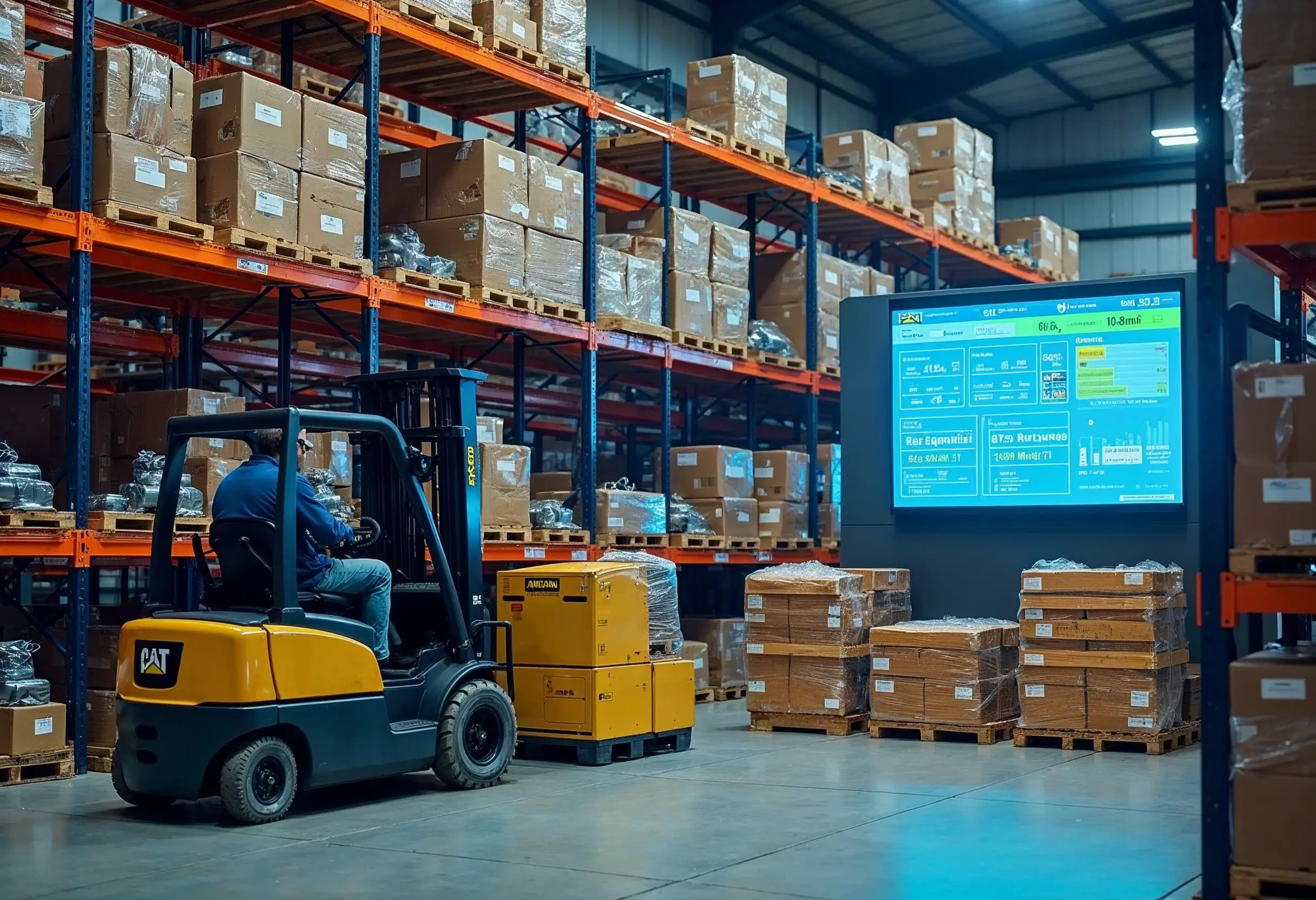
Construction Machinery Parts Suppliers: Expert Selection Guide
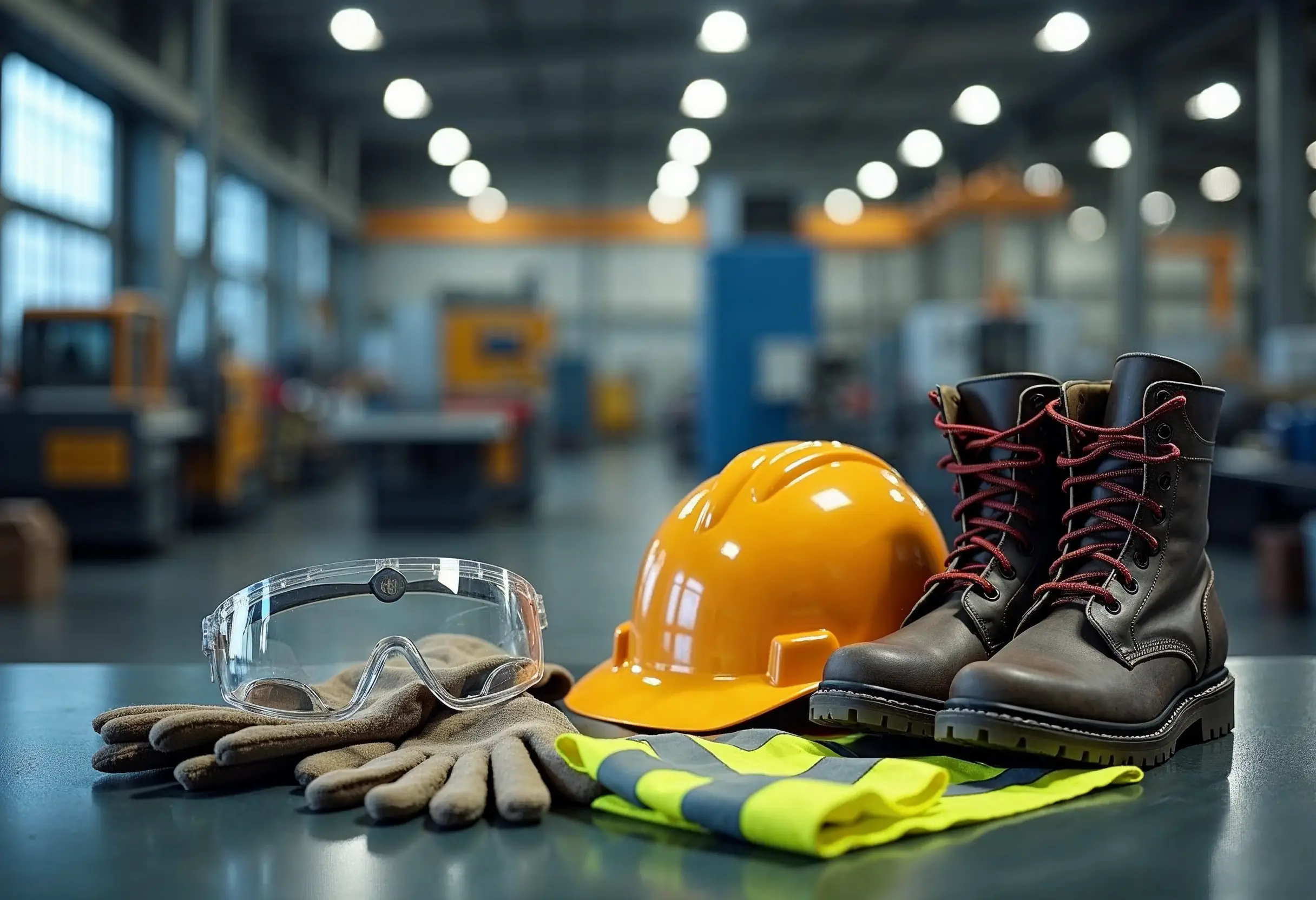
How to Apply Machine Safety Rules: From Selection to Installation

Smart Diagnostics Cut Heavy Equipment Failures by 73%
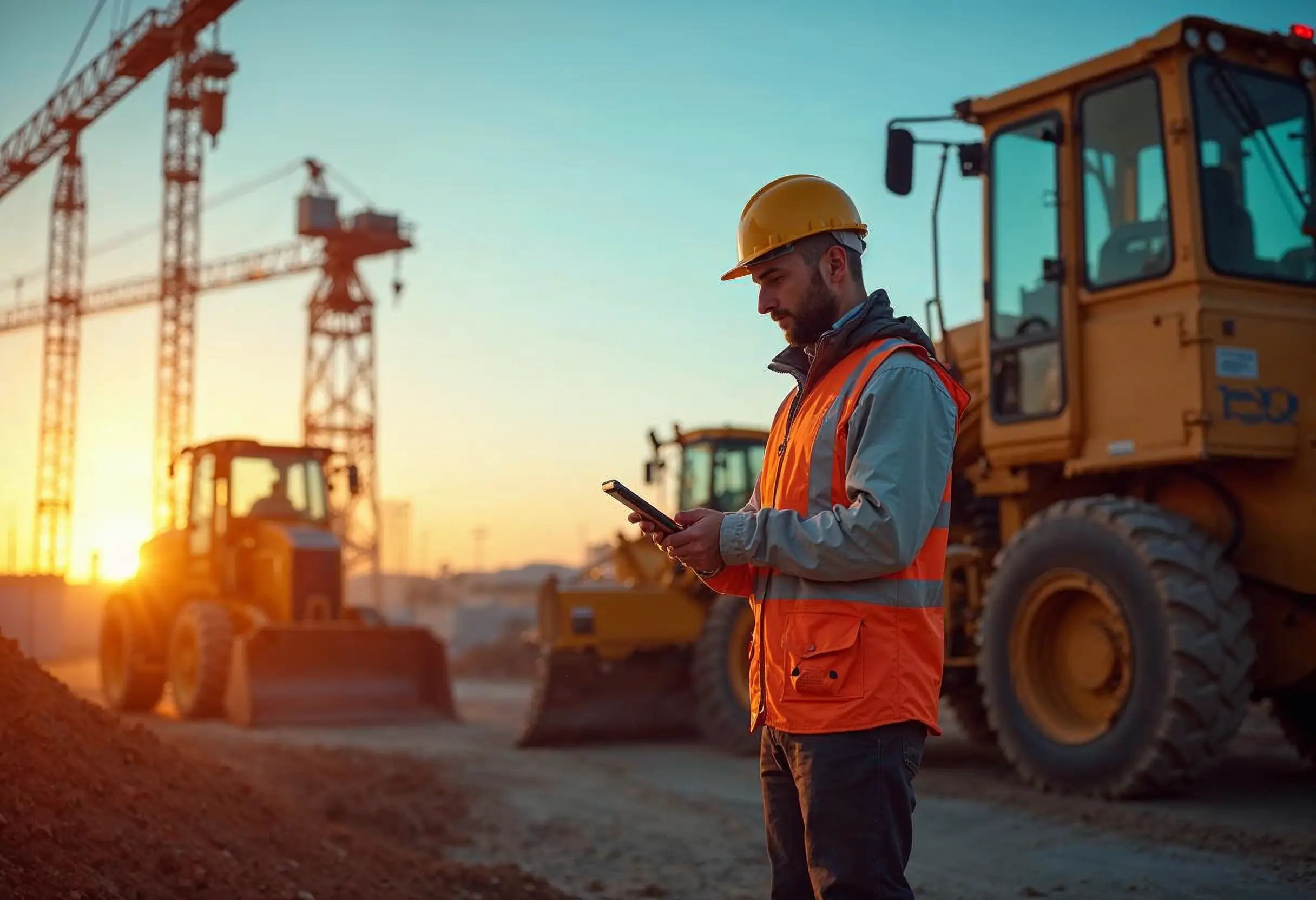
5 Ways to Assess the Environmental Impact of Heavy Construction Machinery
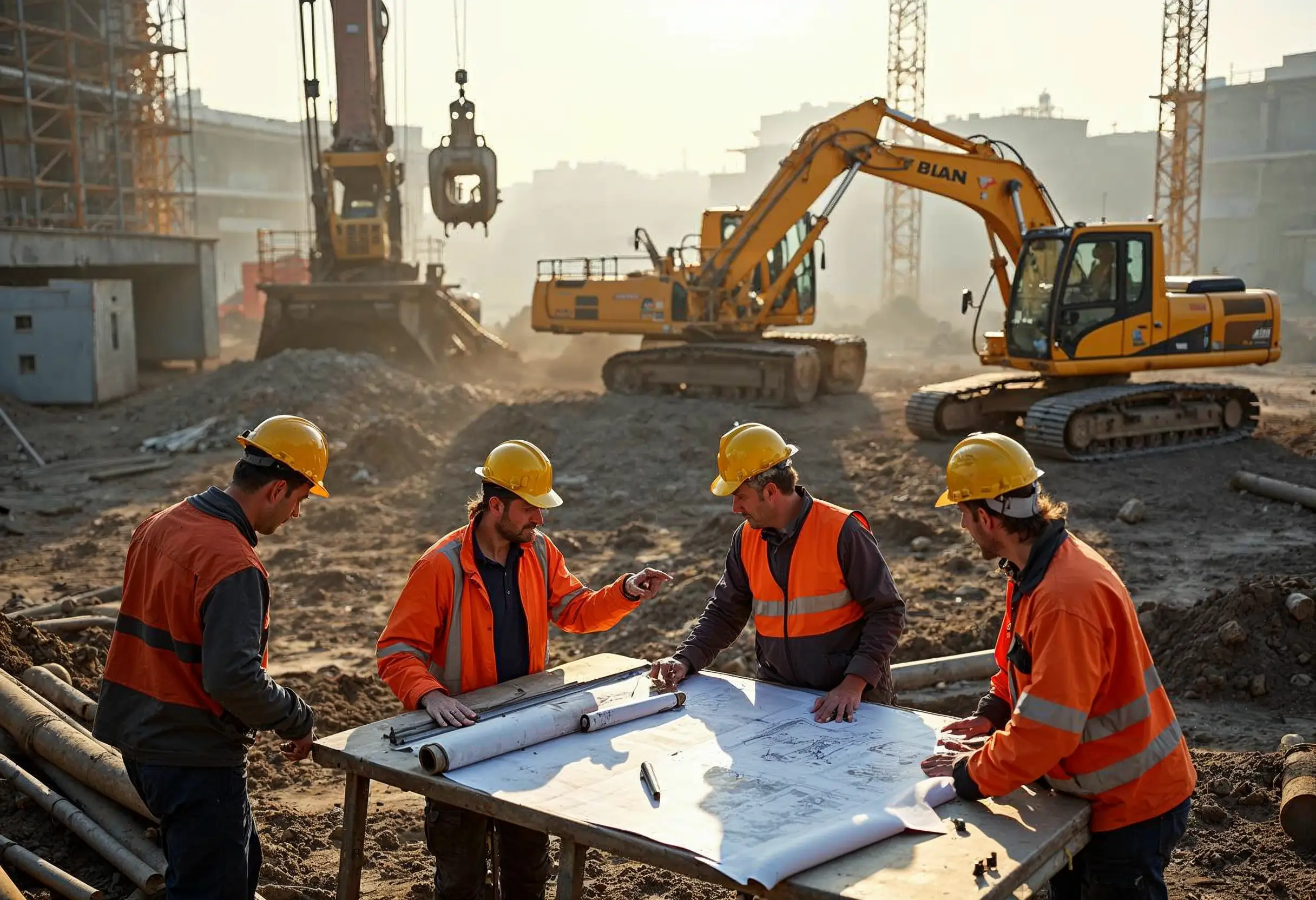
10 Smart Ways to Pick Construction Machinery for 2025 Projects
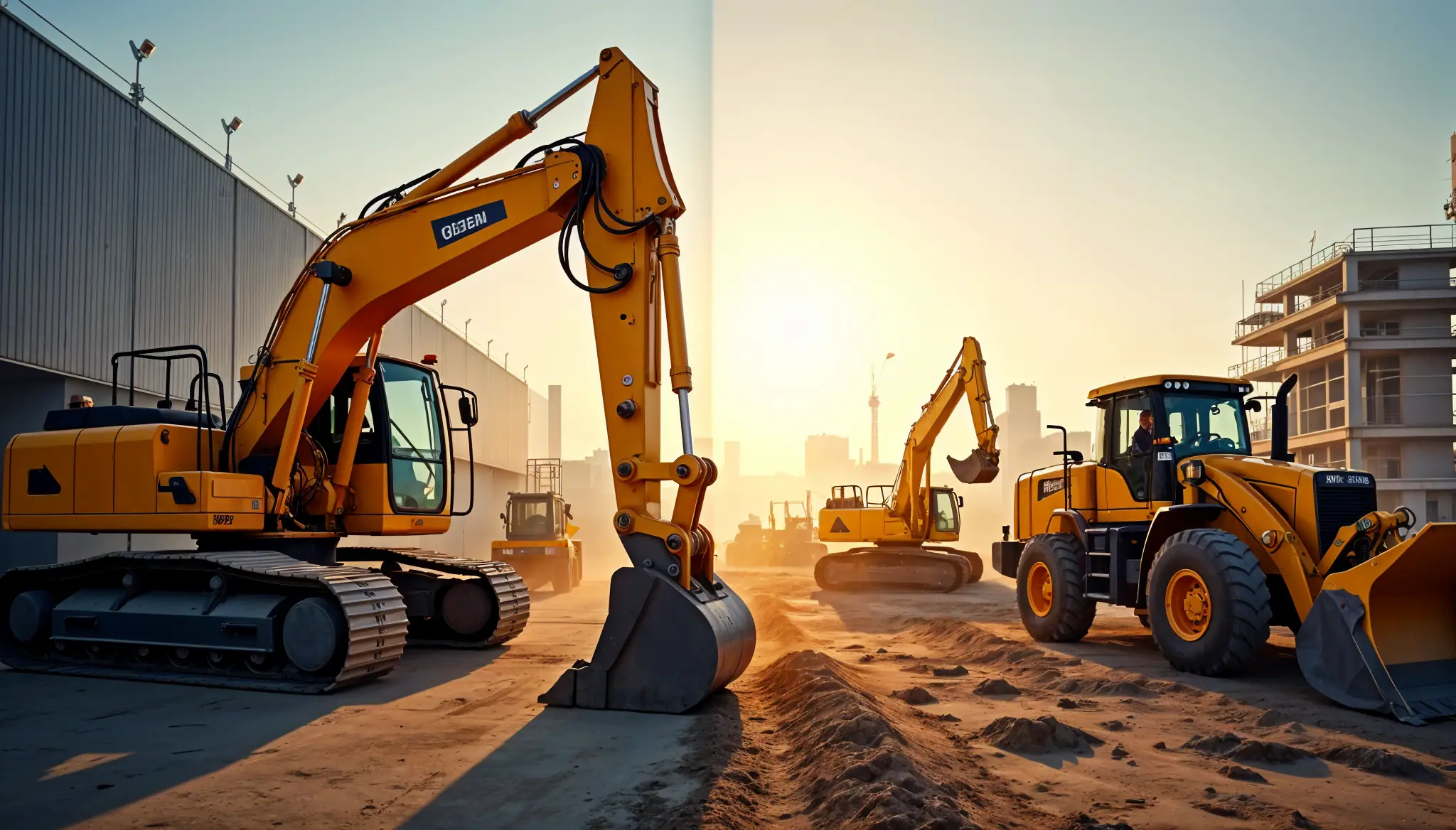
Rent vs Purchase Equipment: What Heavy Industry Experts Hide
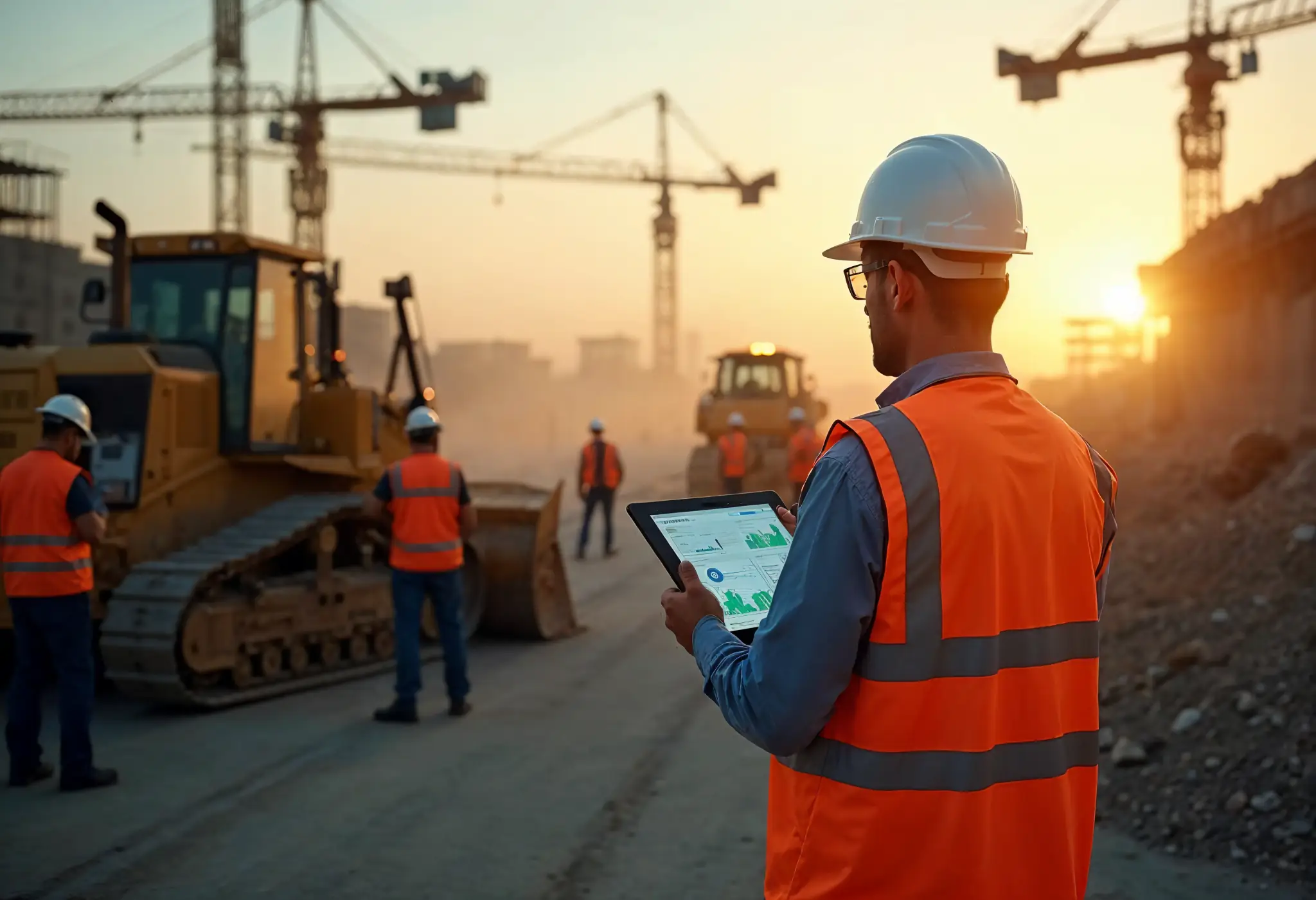
How to Implement a Construction Inventory Management System for Equipment Efficiency
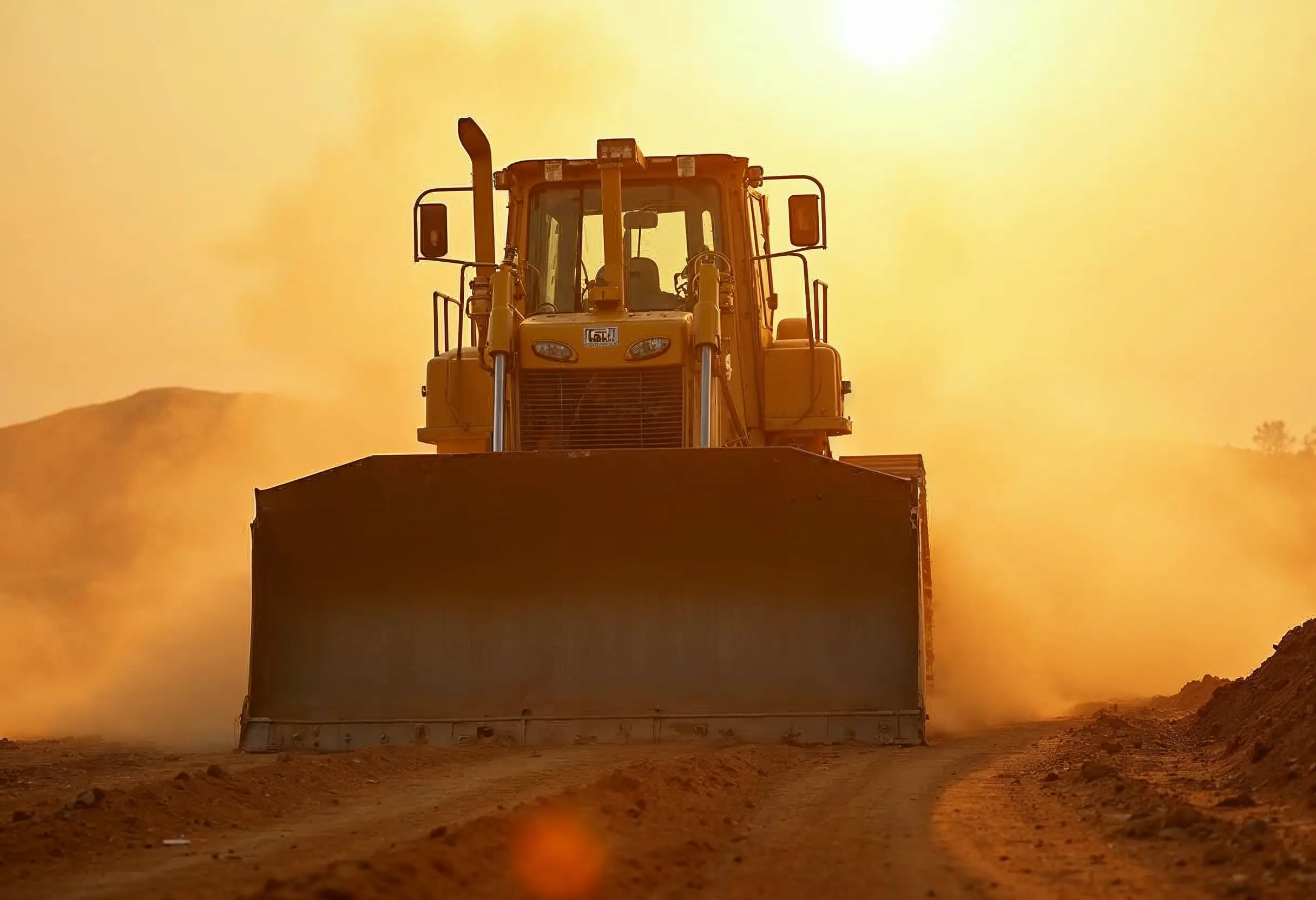
How to Extend Equipment Life Expectancy with Regular Maintenance
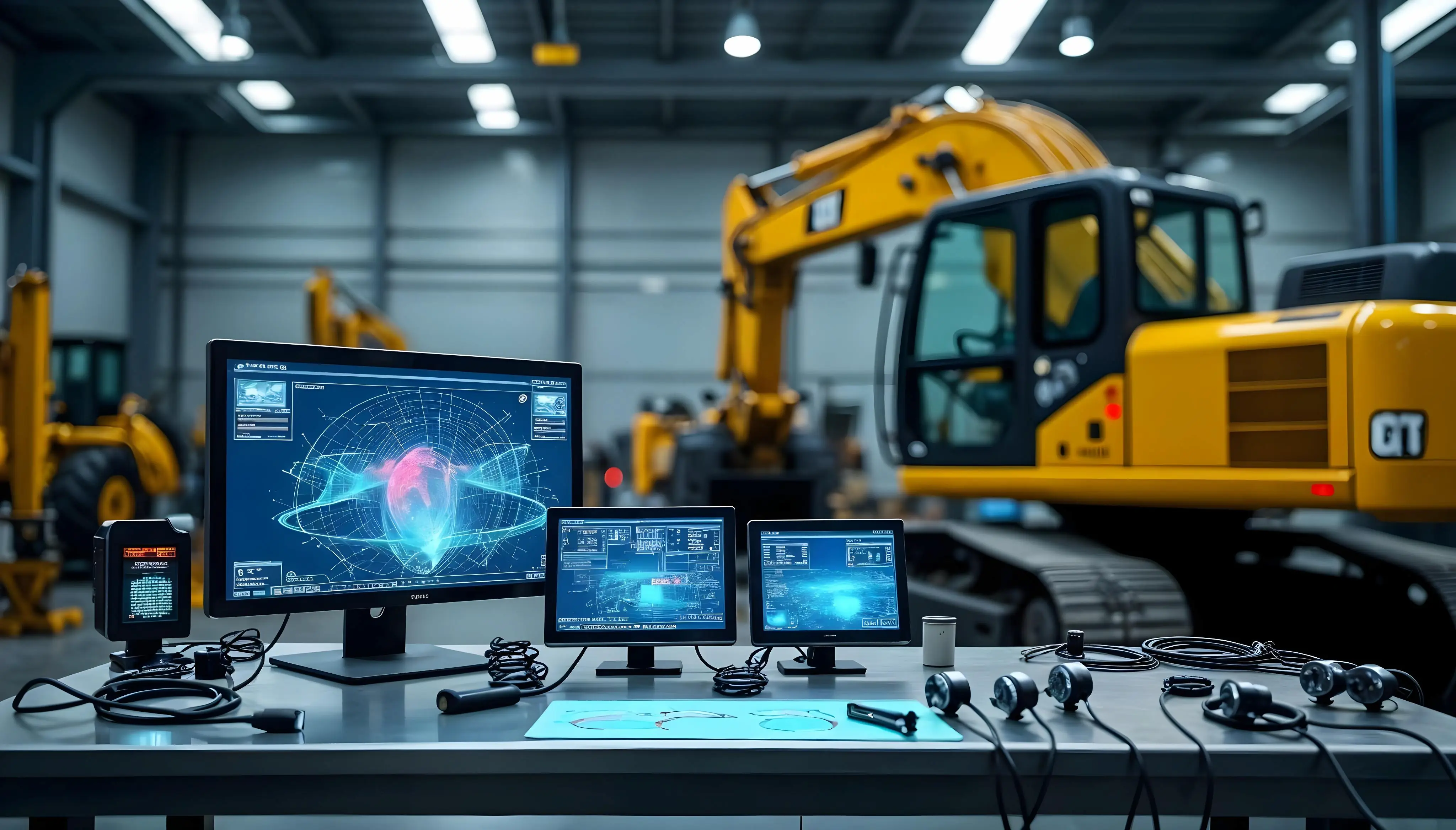
Advanced Heavy Equipment Diagnostic Tools: Ensuring Construction Machinery Quality
Essential Features Your Construction Equipment Inventory System Needs
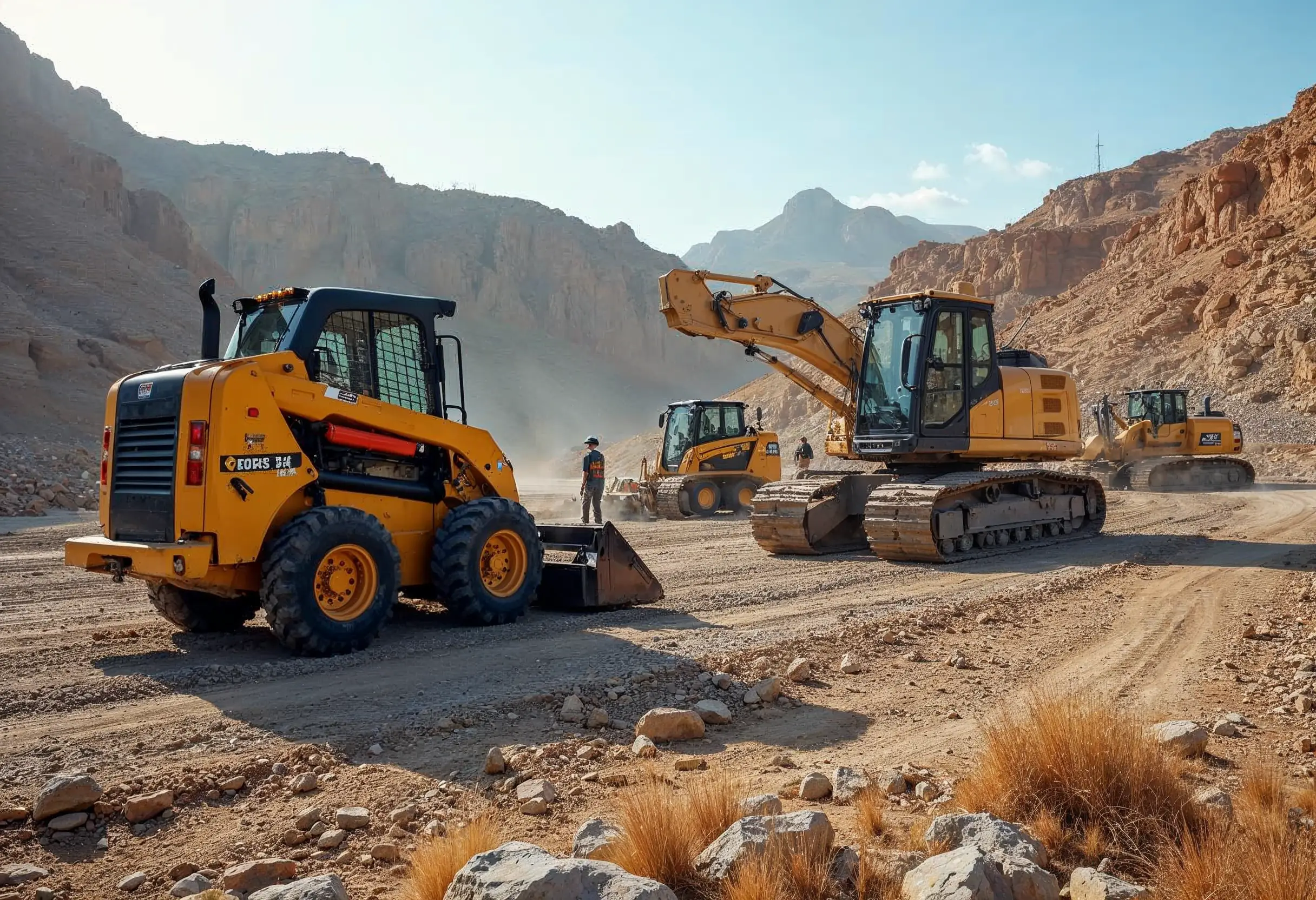
29 Quick Tips for Choosing Construction Equipment for Remote Locations
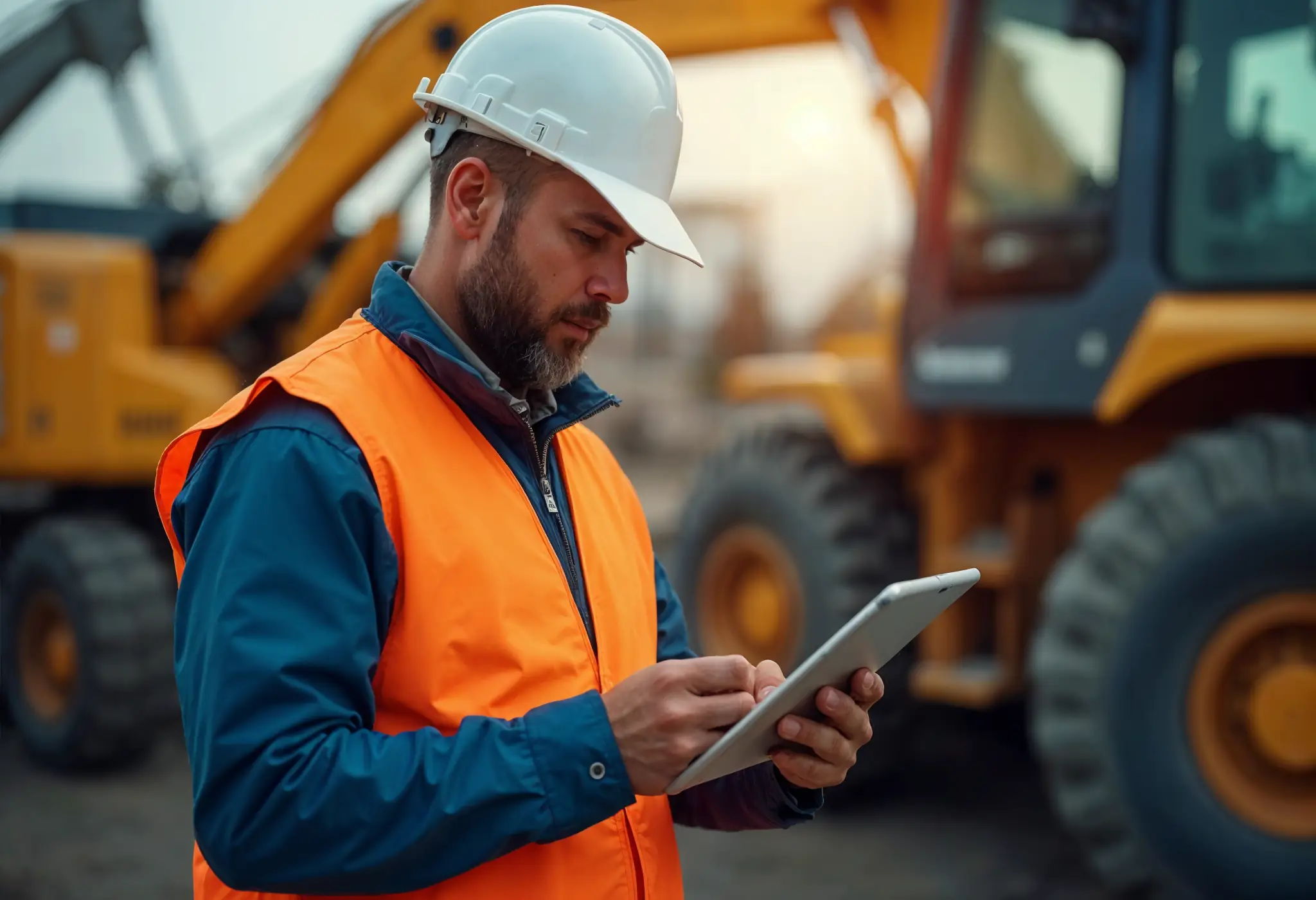
How to Select Construction Machinery with Optimal Equipment Maintenance in Mind
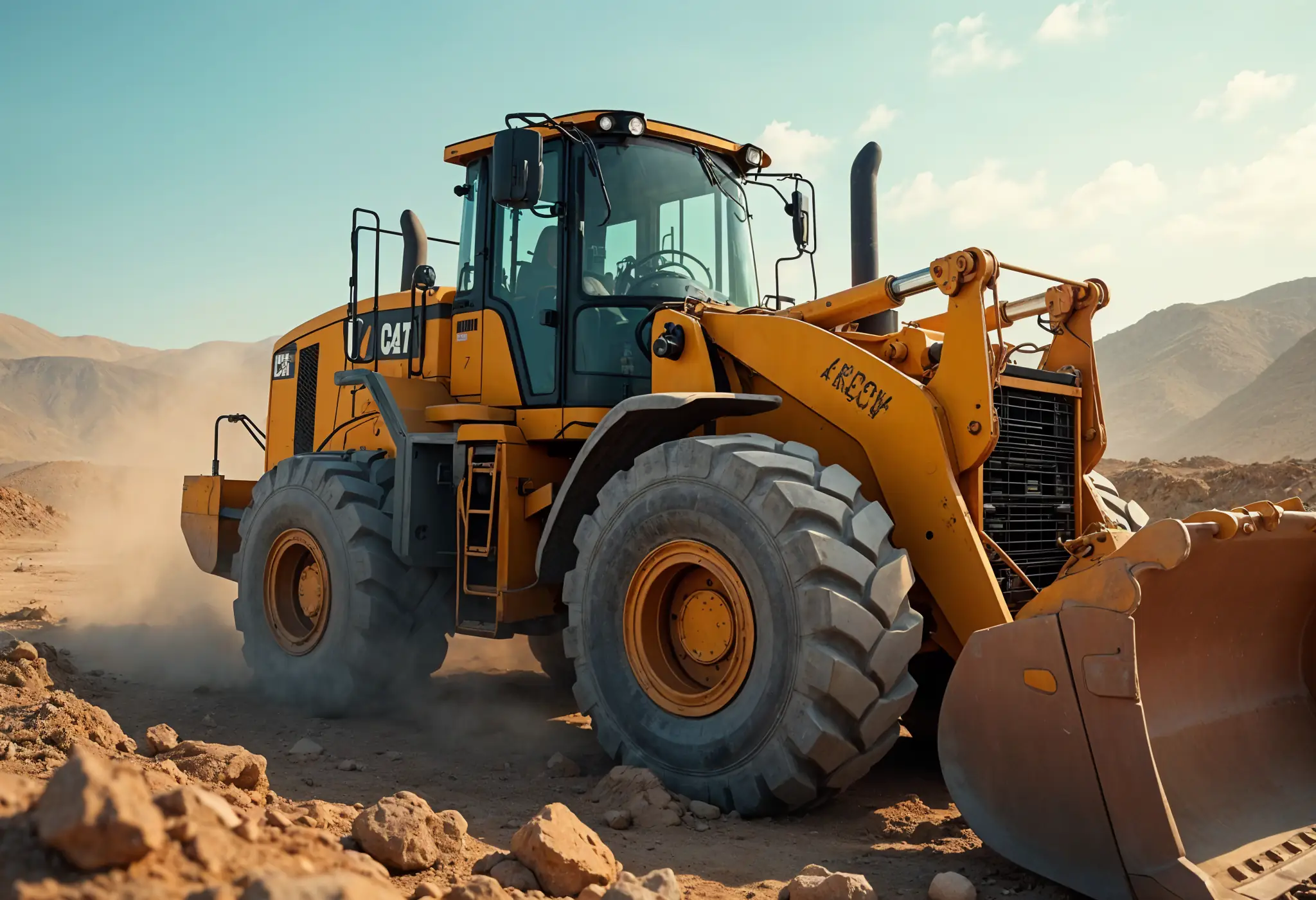
Top 25 Tips for Selecting Bulldozers for Construction Sites
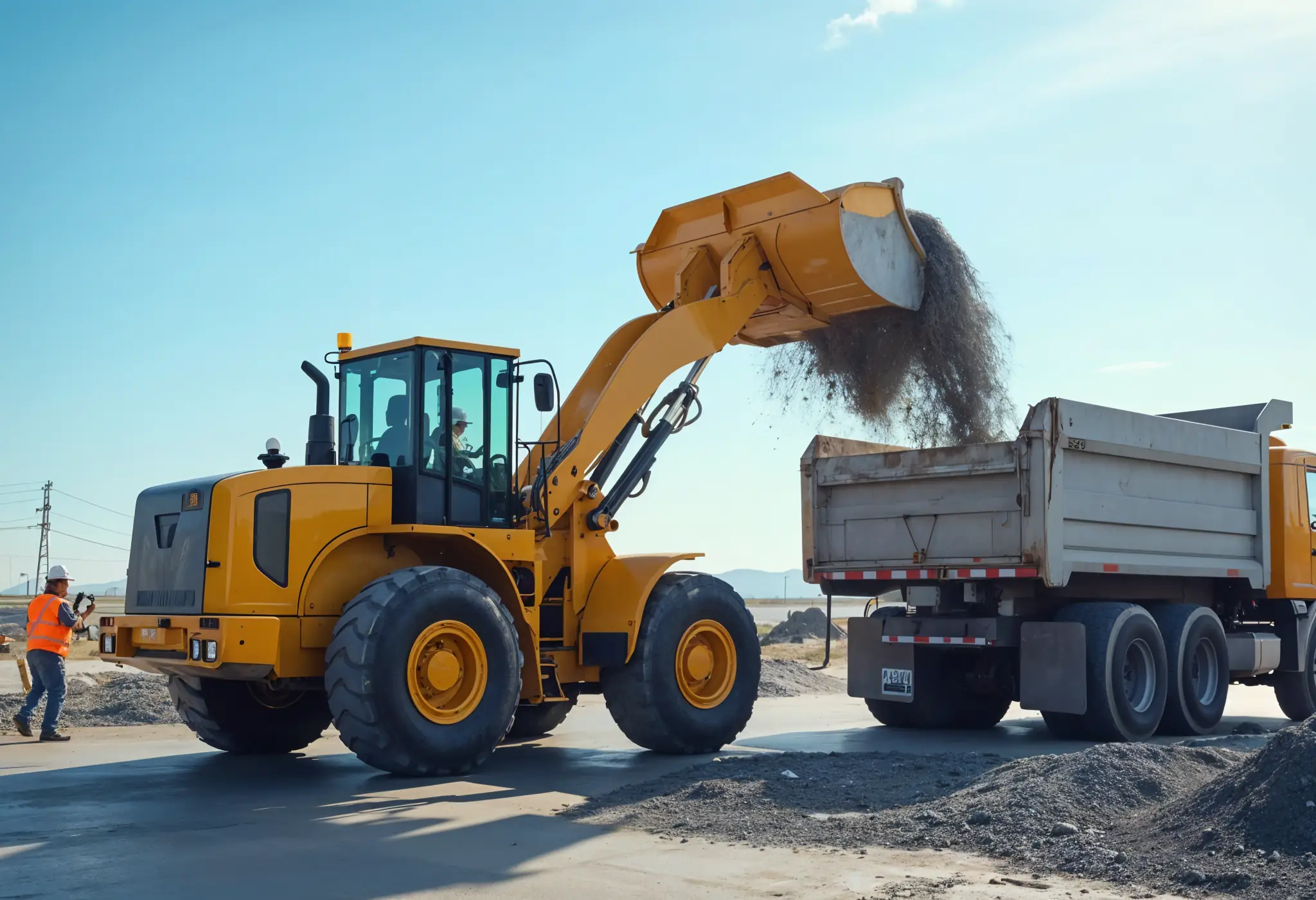
Which Construction Loader is Best for Your Project Needs?
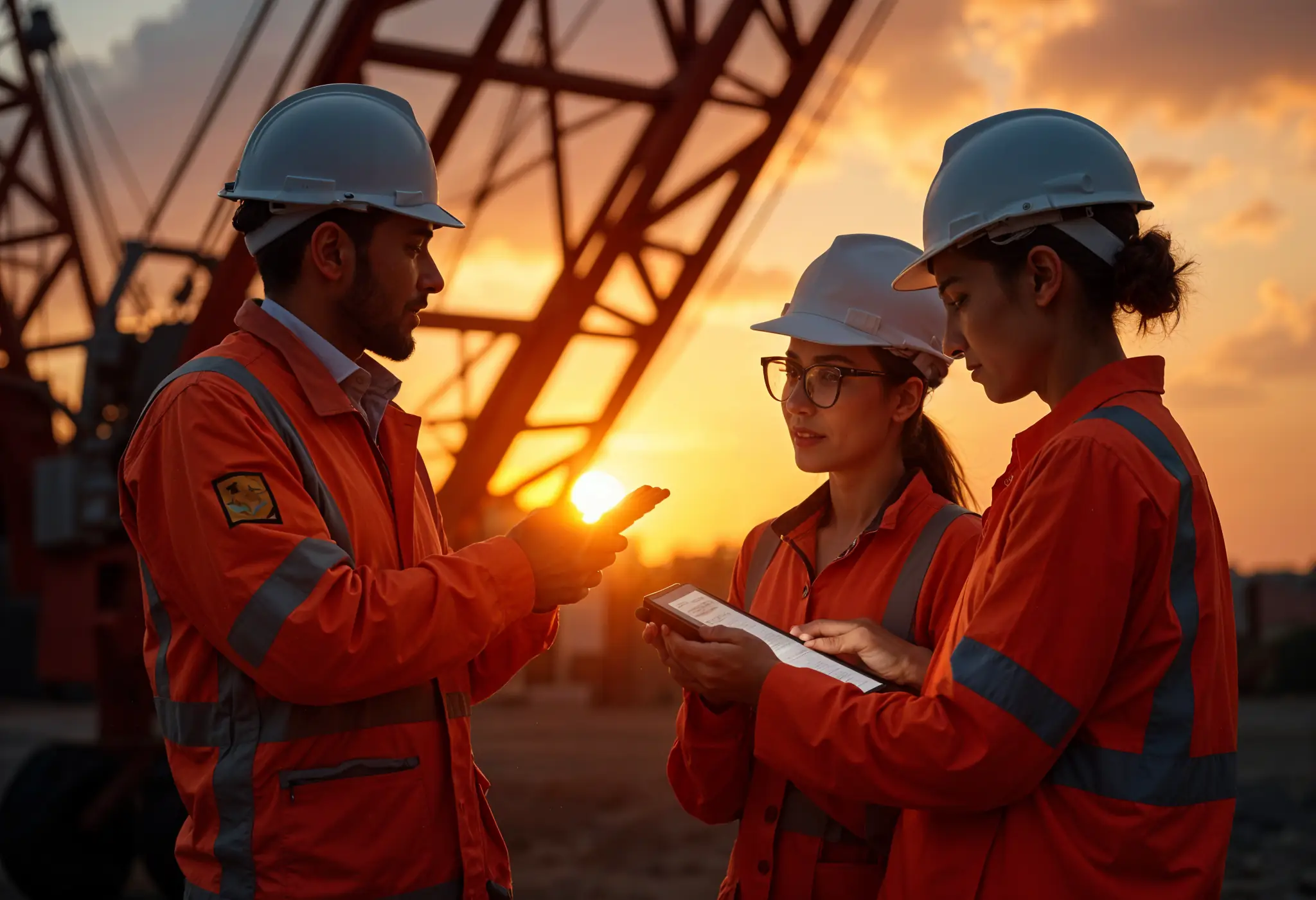
4 Key Steps to Form a Construction Machinery QC Team
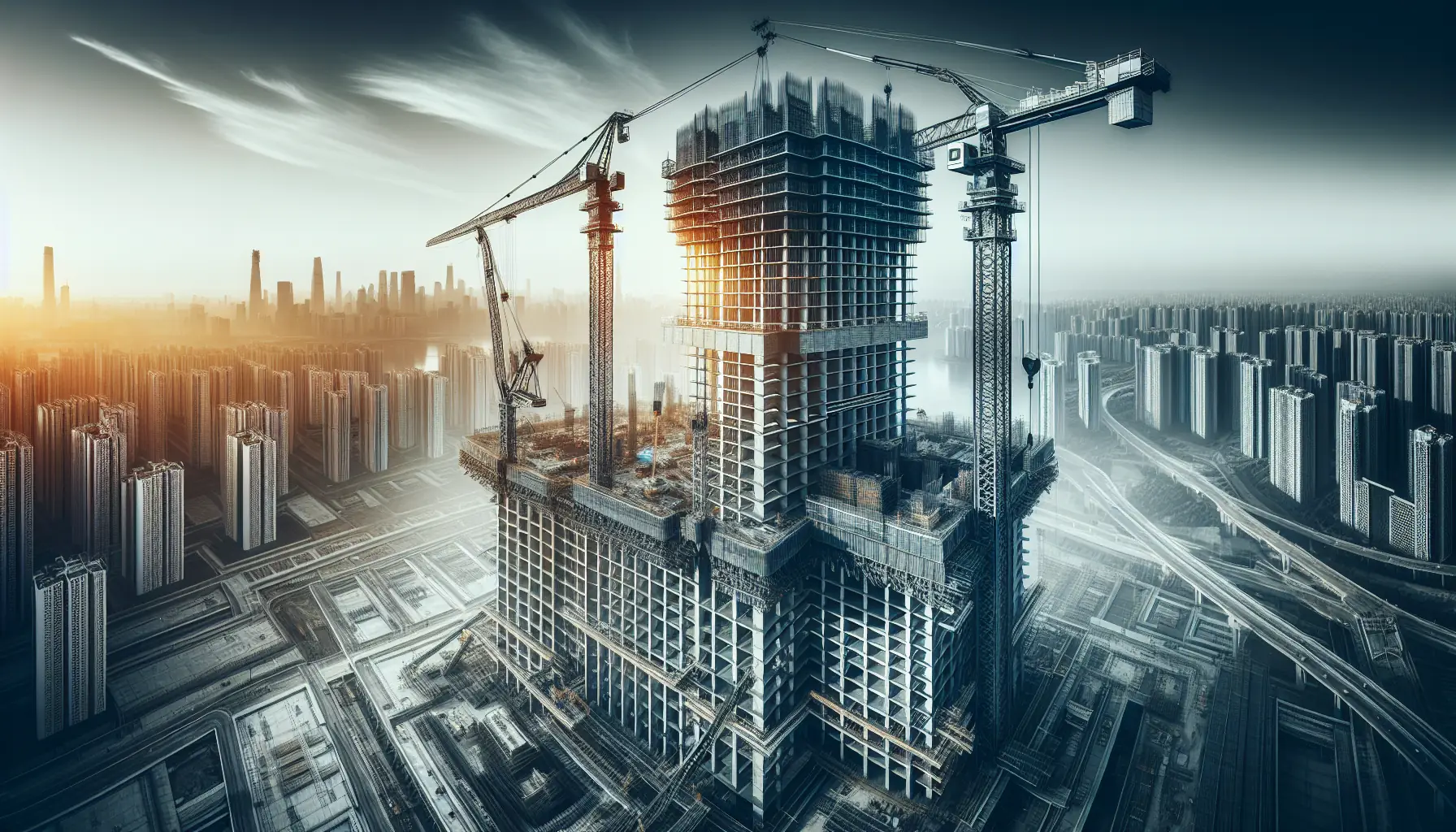
15 Essential Tips for Selecting the Perfect Crane for Construction
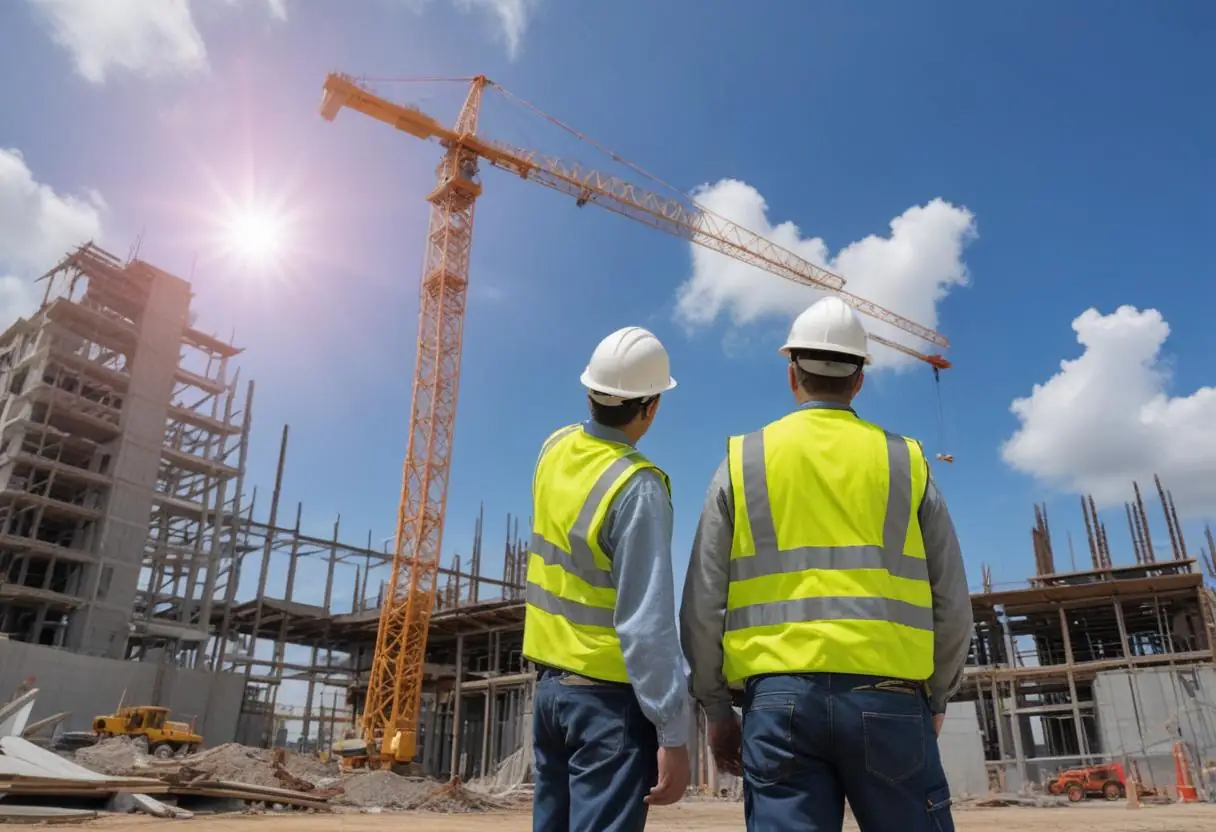
Maximize Savings: Multi-Purpose Construction Machinery for Lower Costs
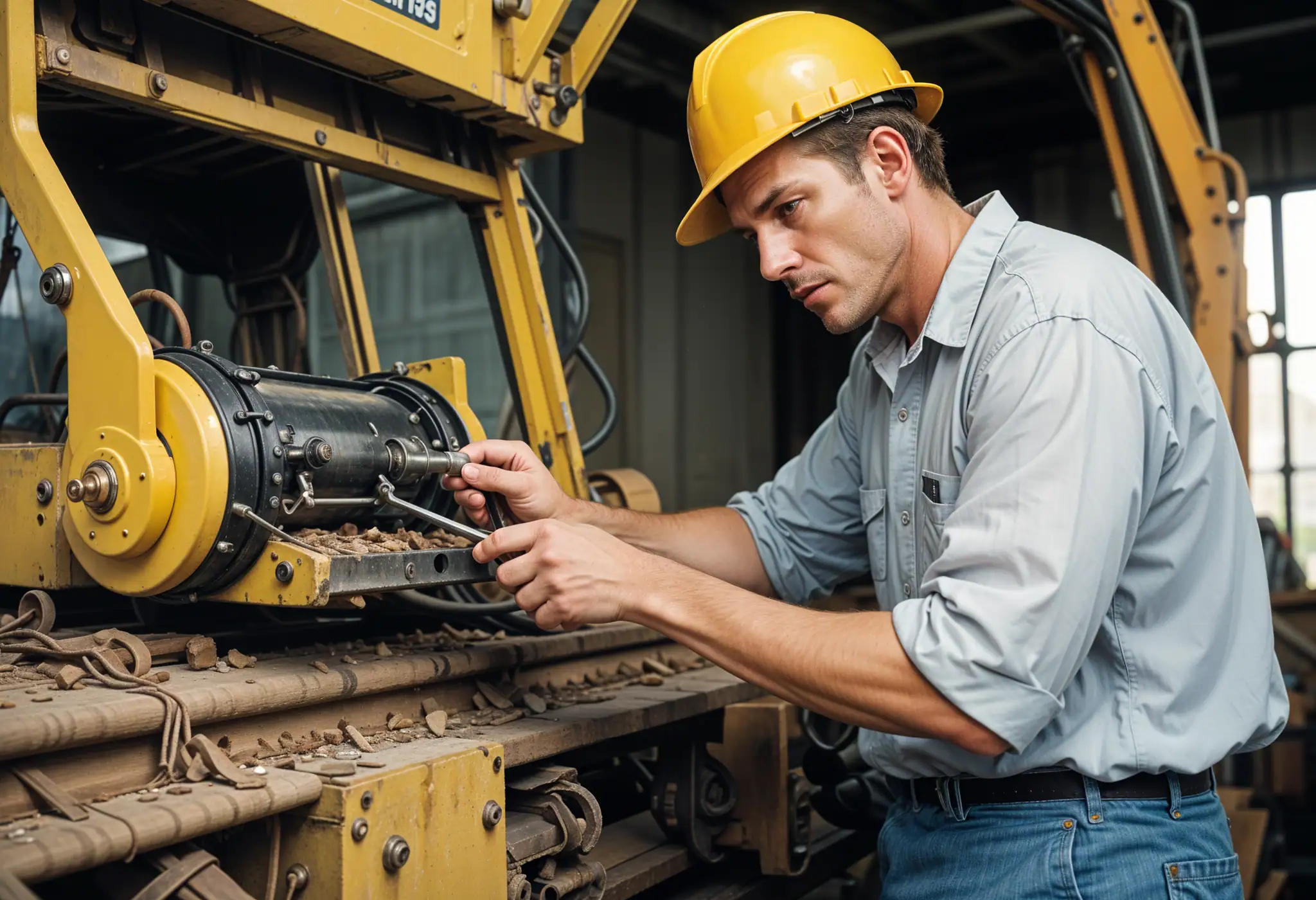
Affordable Heavy Equipment Parts: A Sourcing Guide
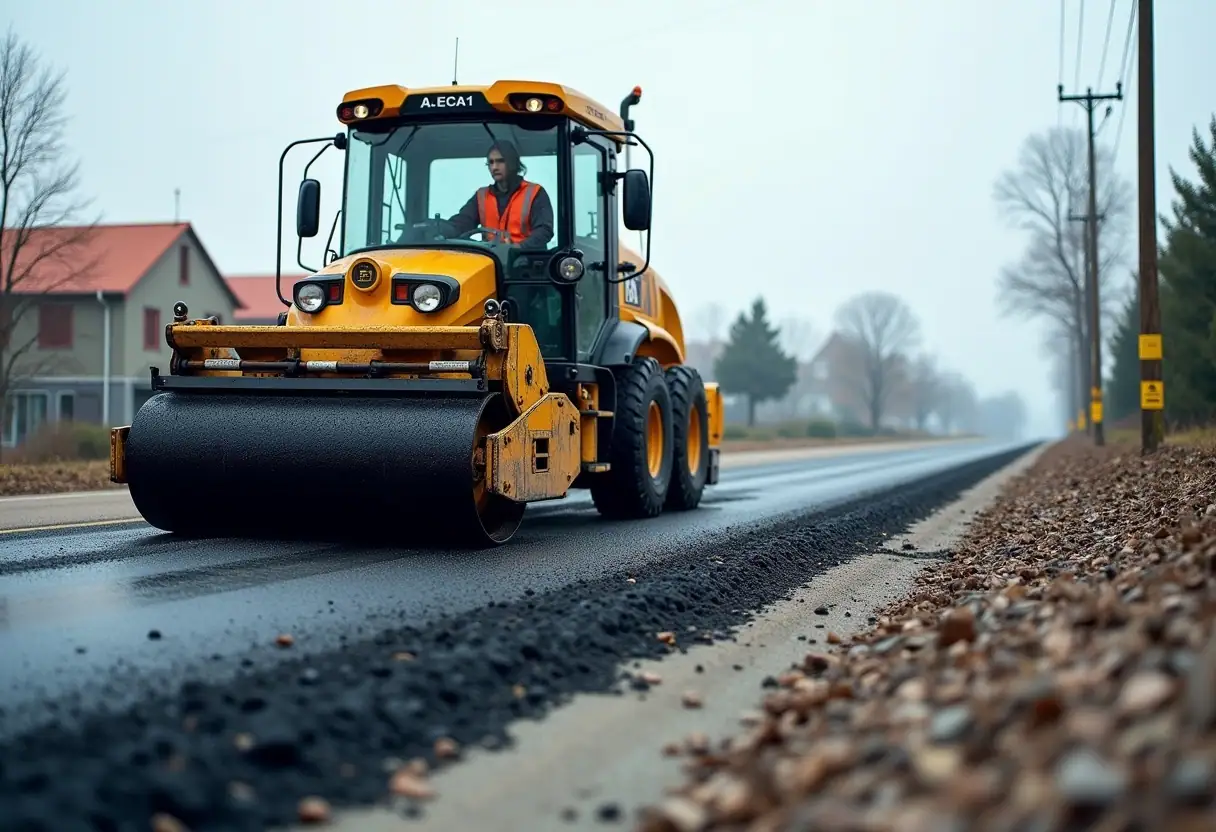
Choosing the Right Road Construction Equipment: A Complete Guide
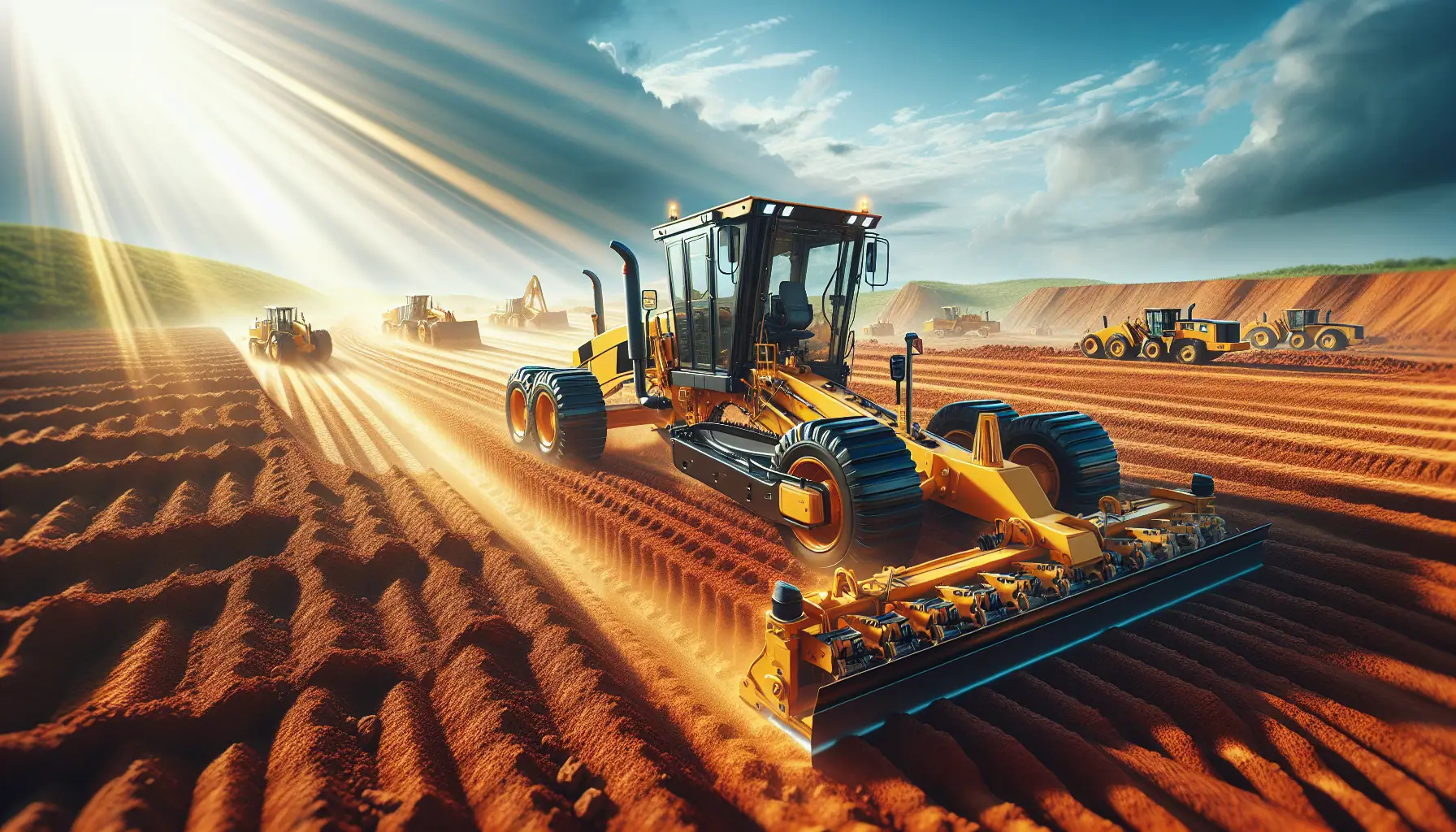
Motor Graders: Key Elements to Consider for Optimal Selection
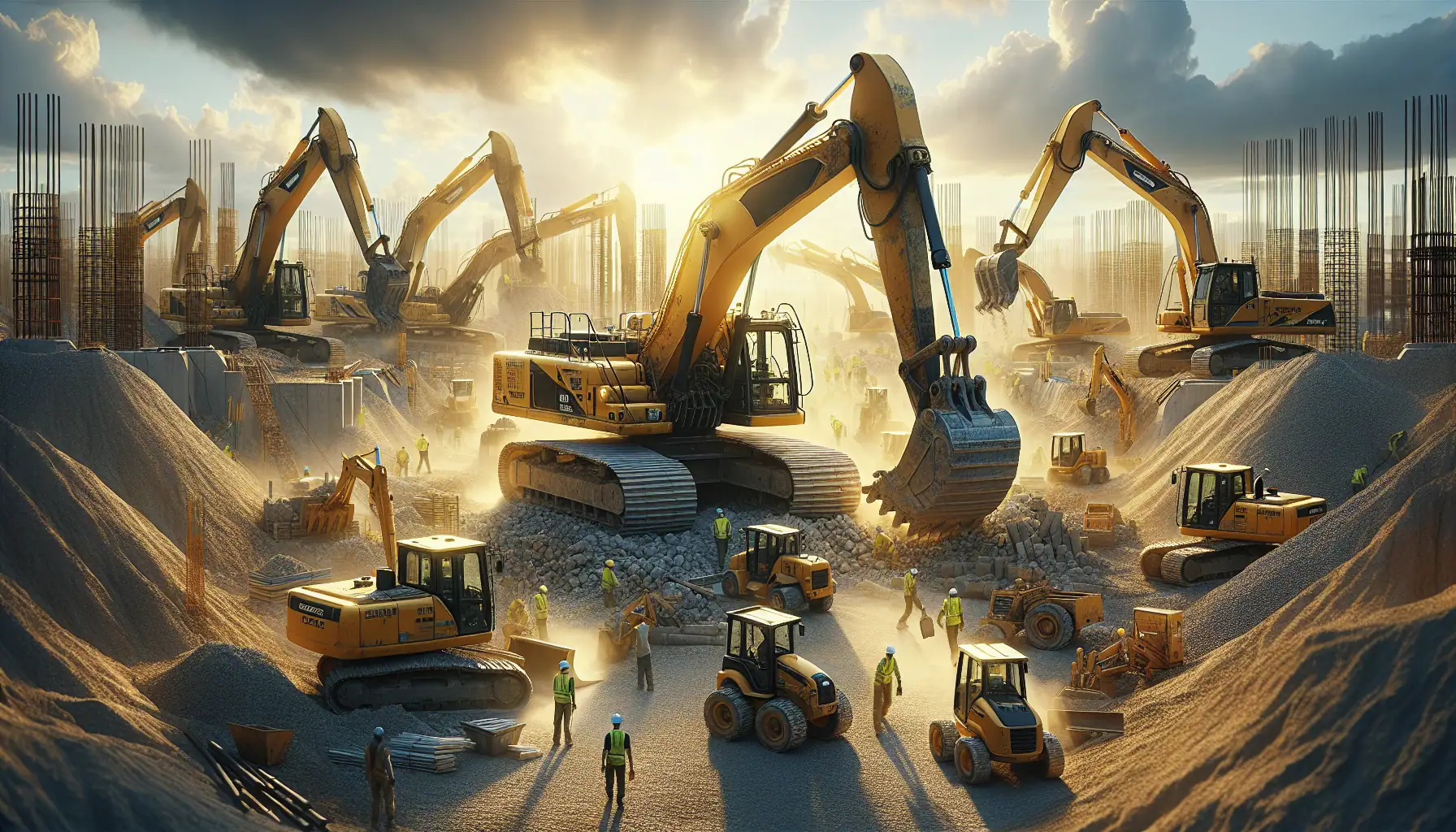
A Detailed Guide to Choosing Excavators for Construction Work
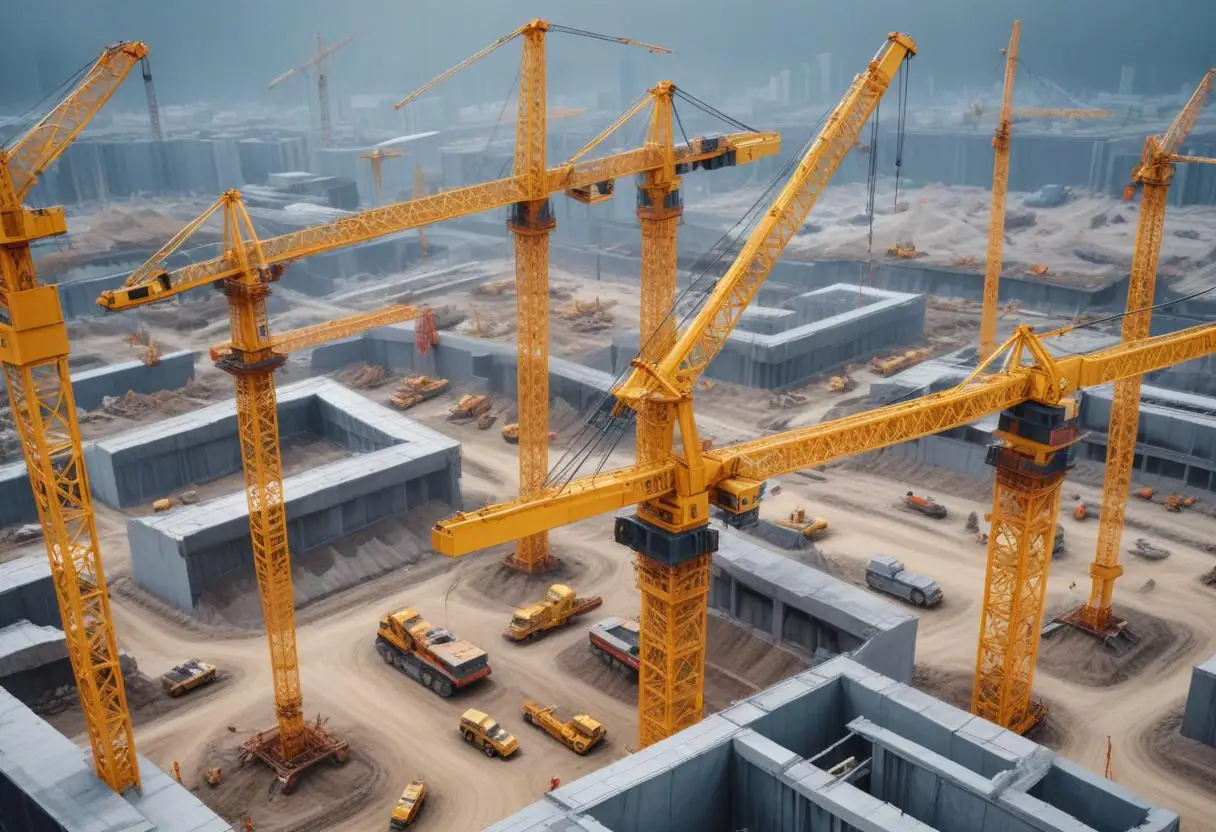
Top Tips for Choosing Cranes for Construction Projects
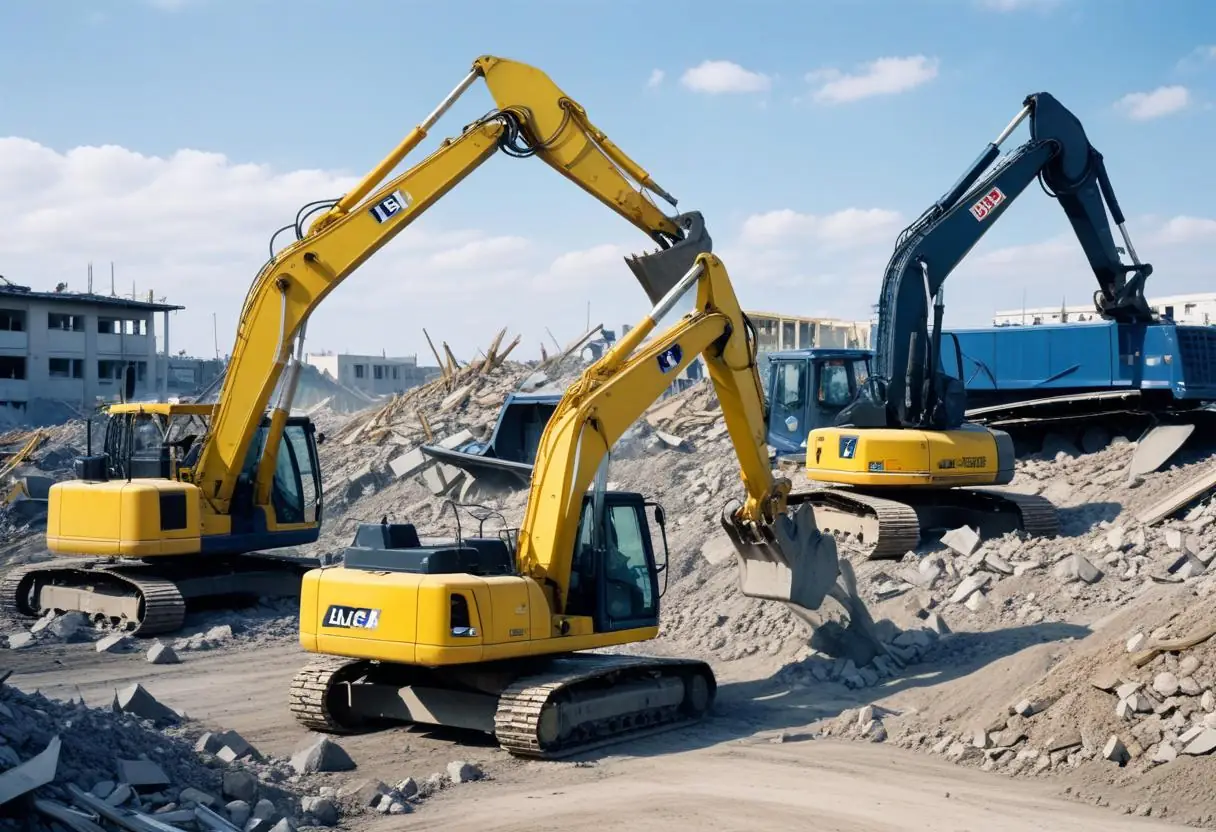
5 Top-Rated Demolition Machines for Construction Professionals
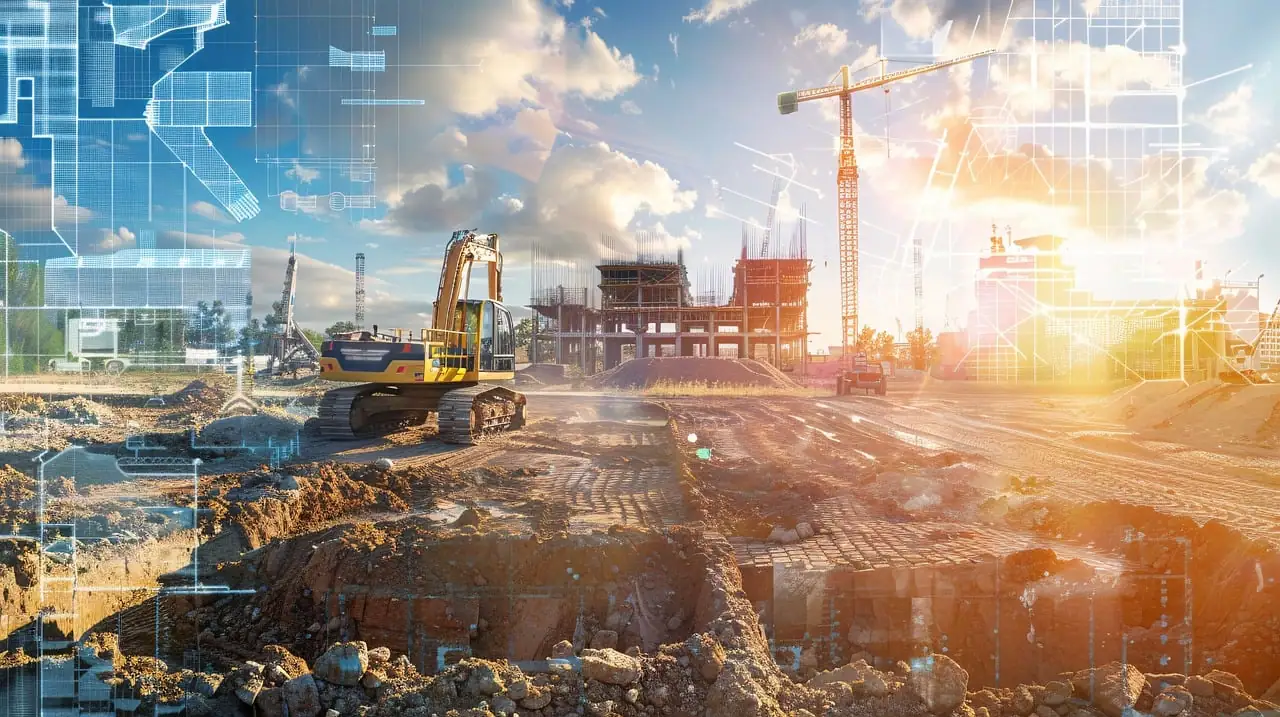
Expert Tips on Choosing Earthmoving Equipment for Large Projects
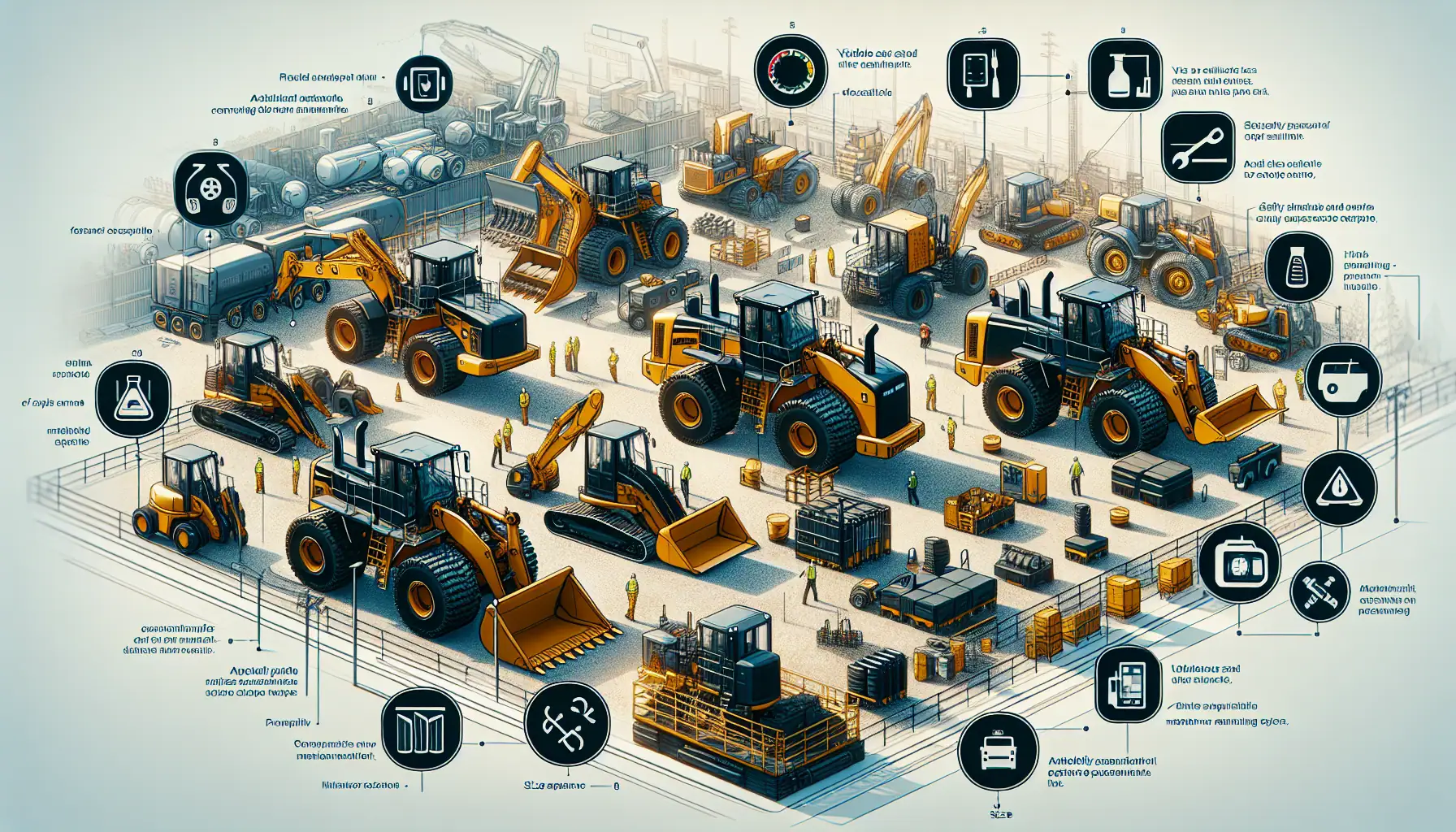
Top Functional Criteria for Selecting Heavy Construction Equipment
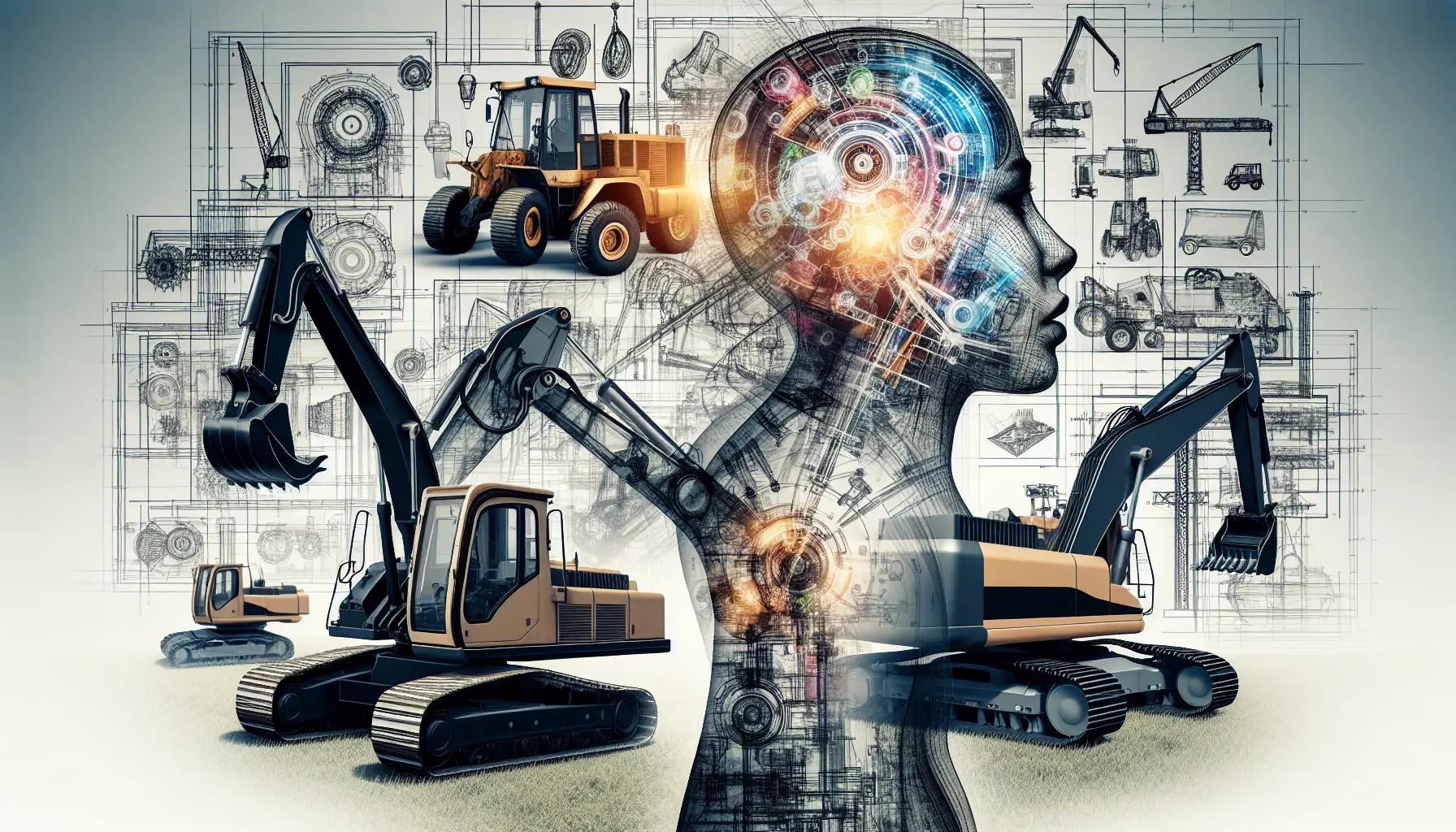
Construction Machinery: Detailed Guide to Equipment Specifications
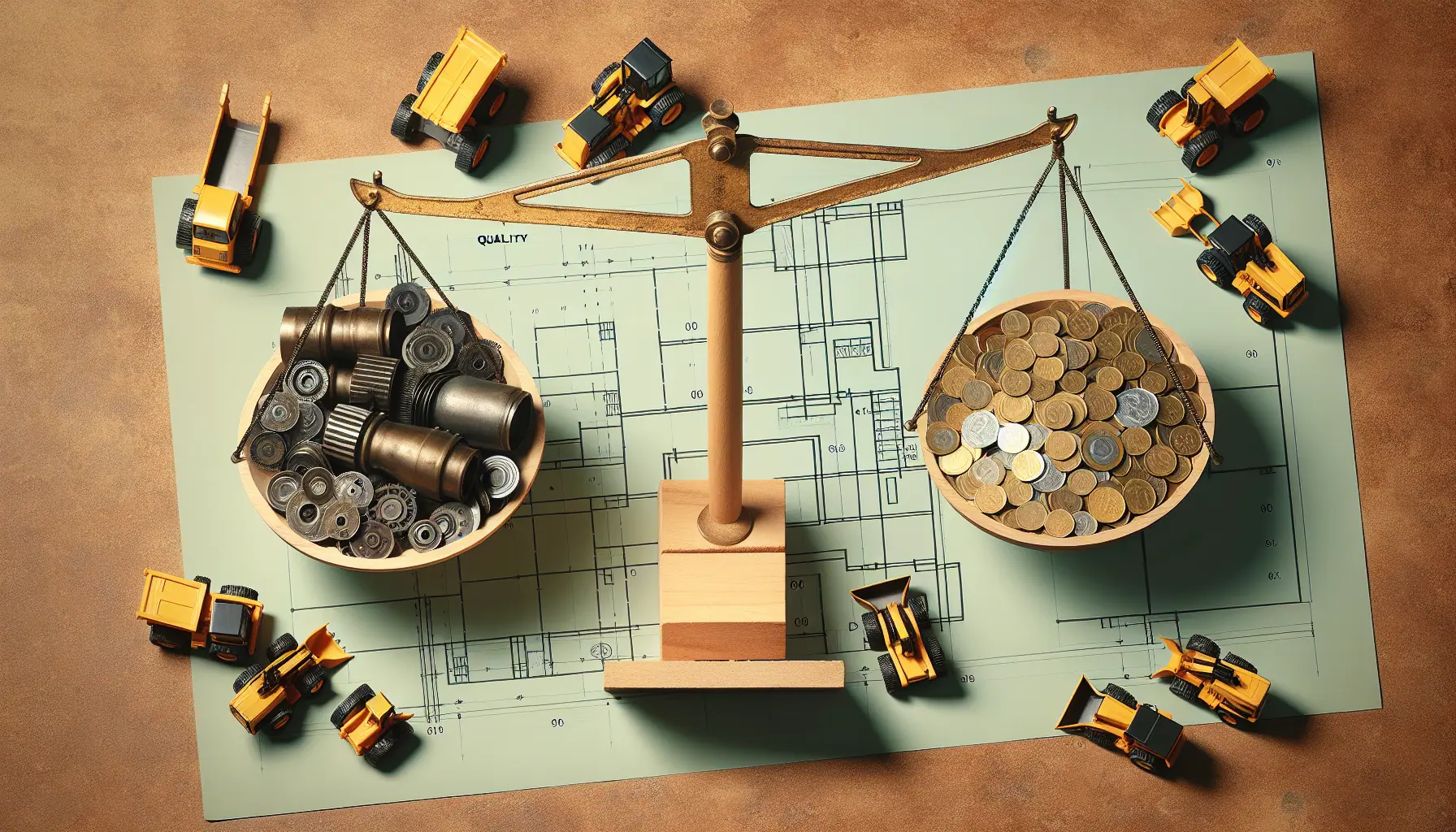
Heavy Machinery Prices: Key Factors in Cost and Quality Balance
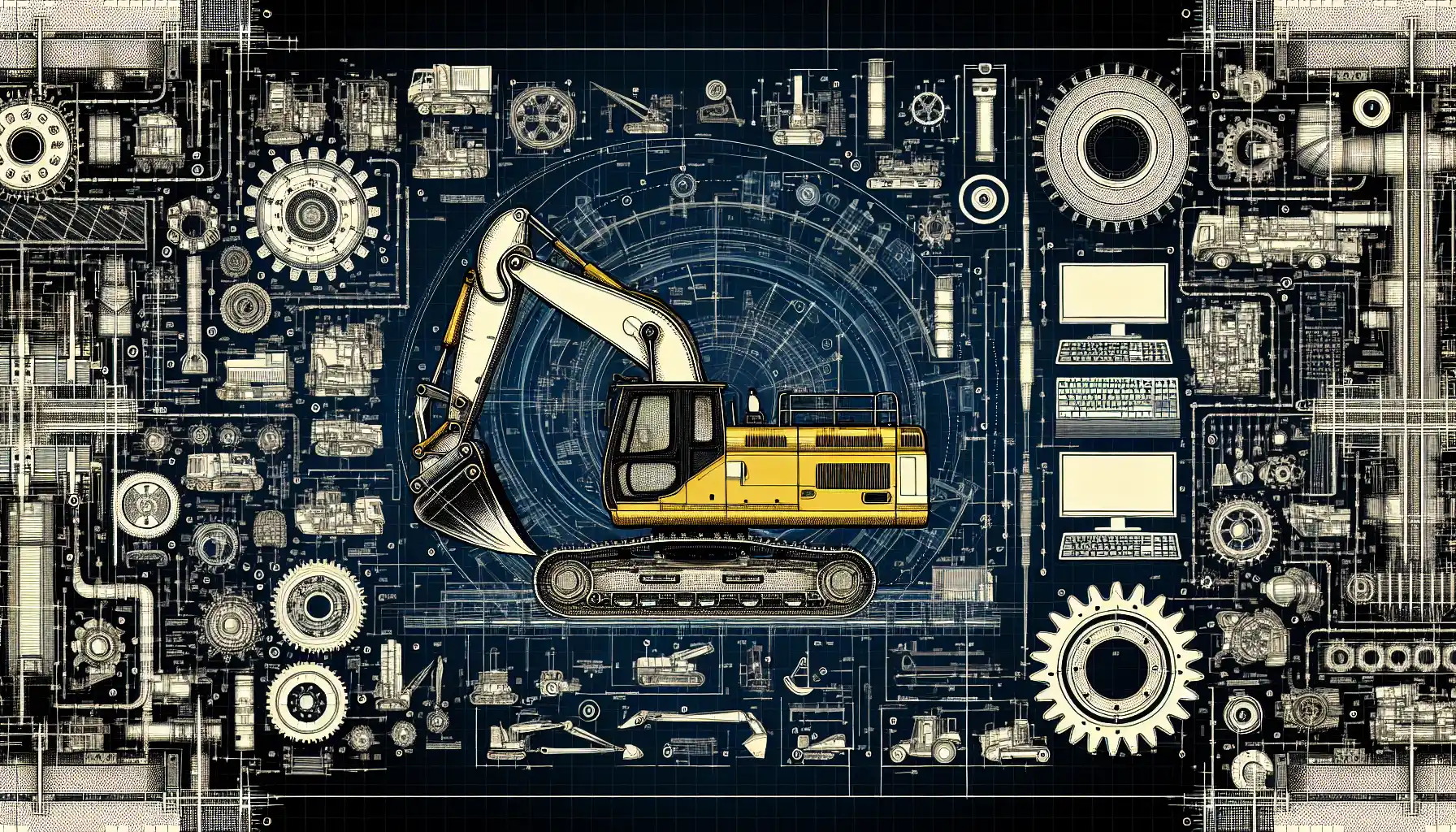
Best Construction Heavy Equipment Brands: Pros and Cons
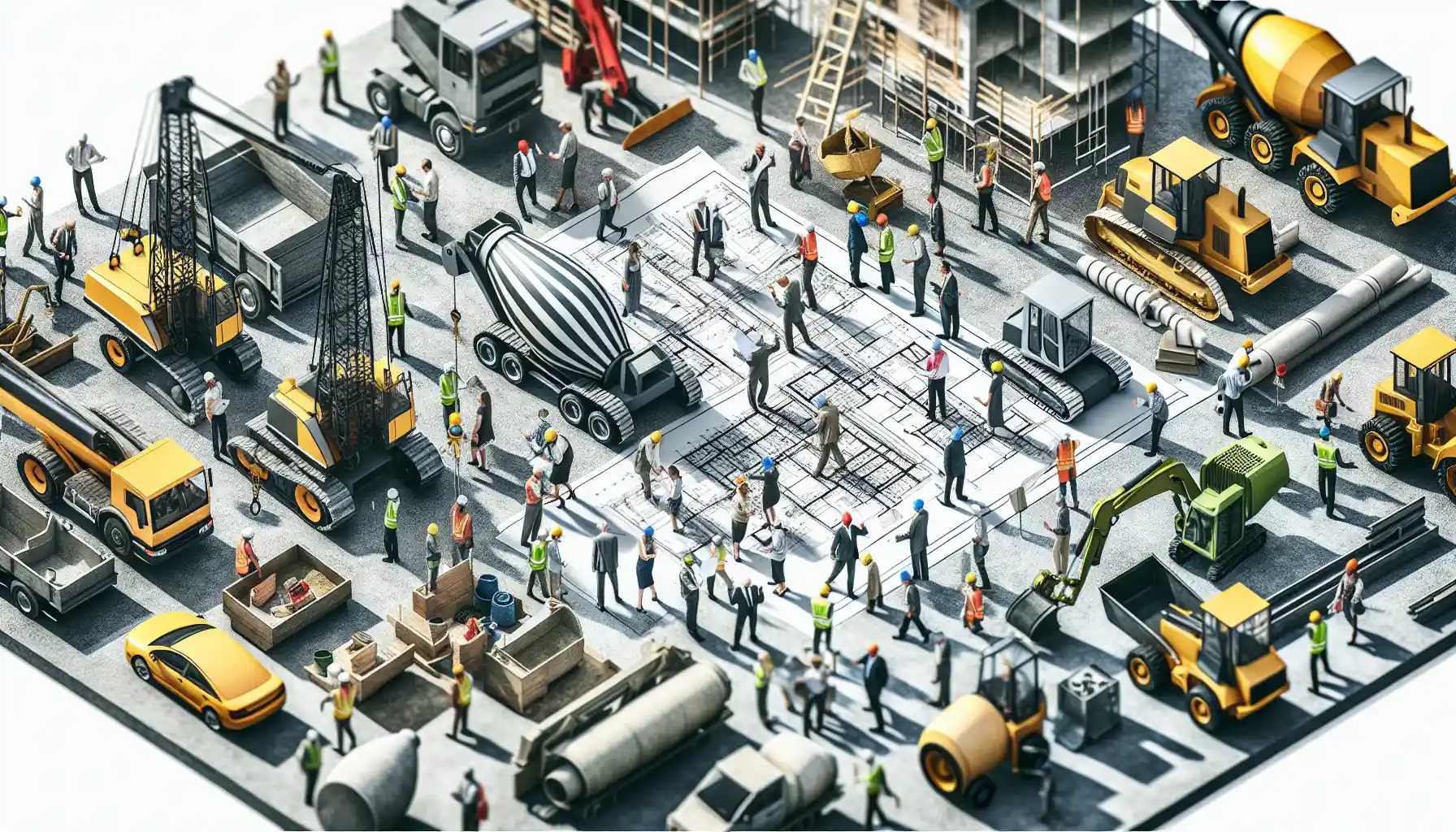
Construction Site Equipment: How to Determine Your Requirements

Maximizing Safety: Risk Management for Construction Projects

Innovations in Construction: Transforming Machinery and Equipment
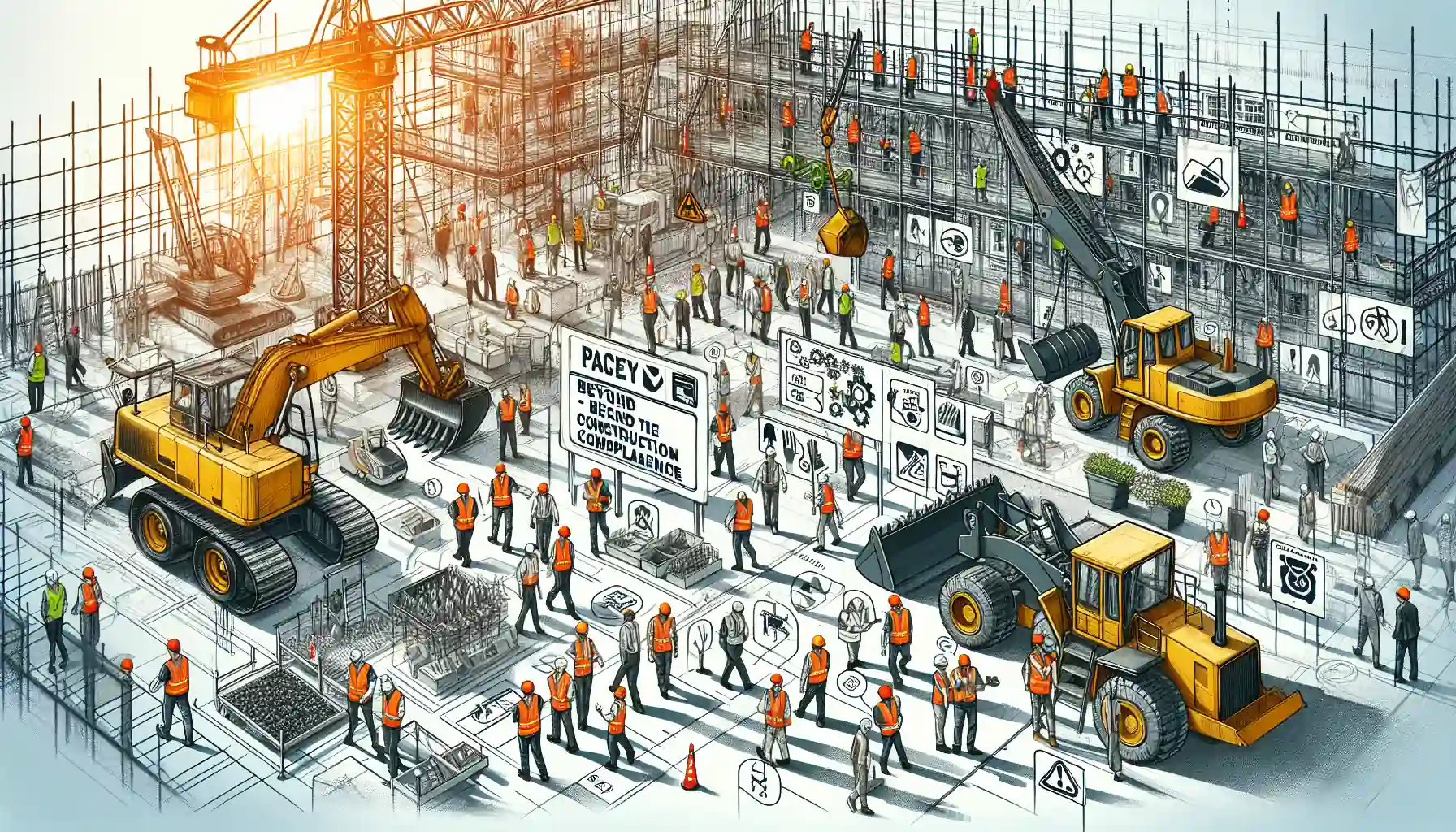
Heavy Equipment Safety: Beyond the Basics in Construction Compliance

The Essential Handbook for Construction Equipment Repair and Maintenance

How to Efficiently Source Oil and Gas Machinery Parts in NYC

Essential Guide to Sourcing Agriculture Equipment Parts
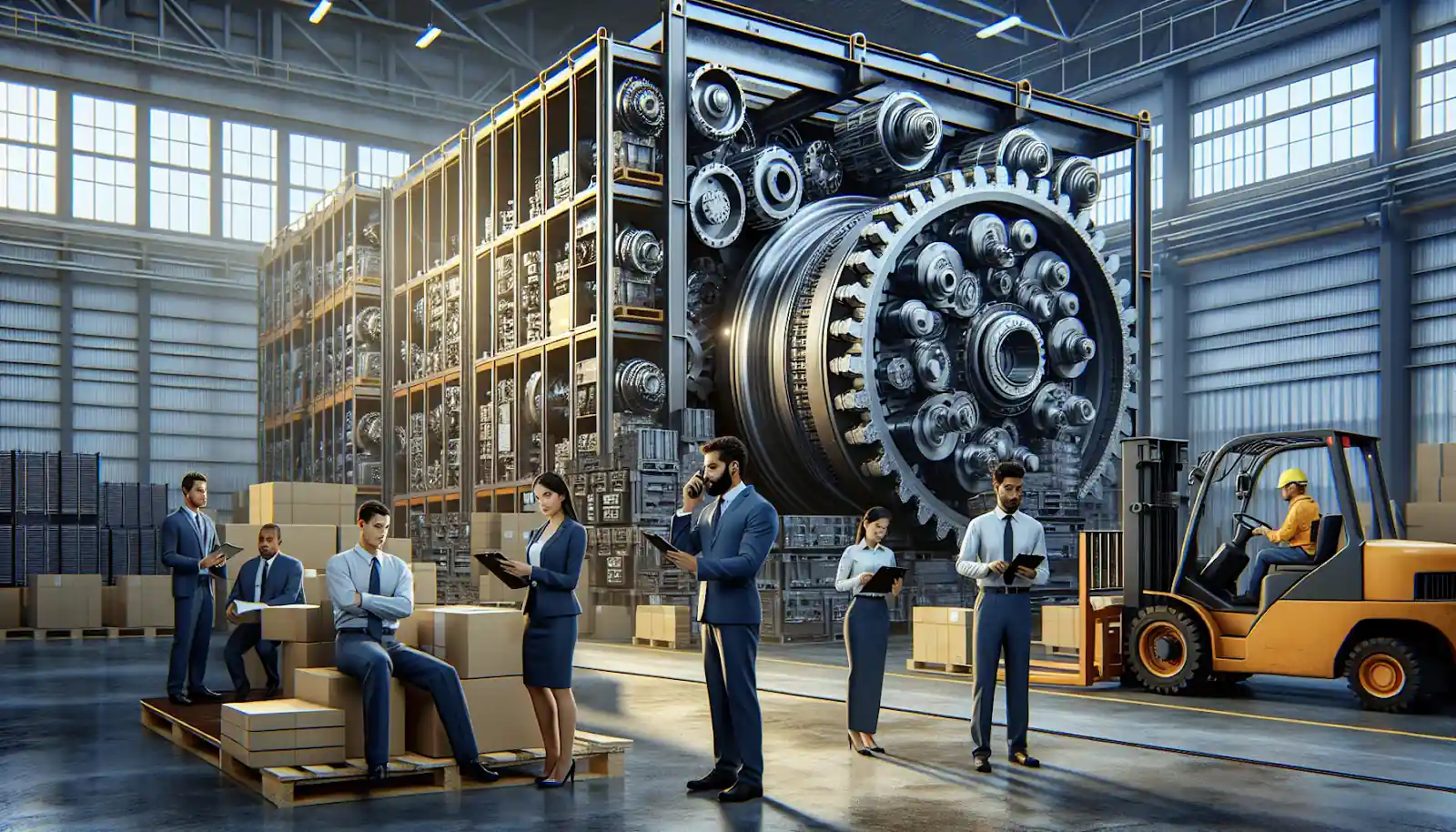
How to Source Mining Machinery Parts: Tips and Strategies
